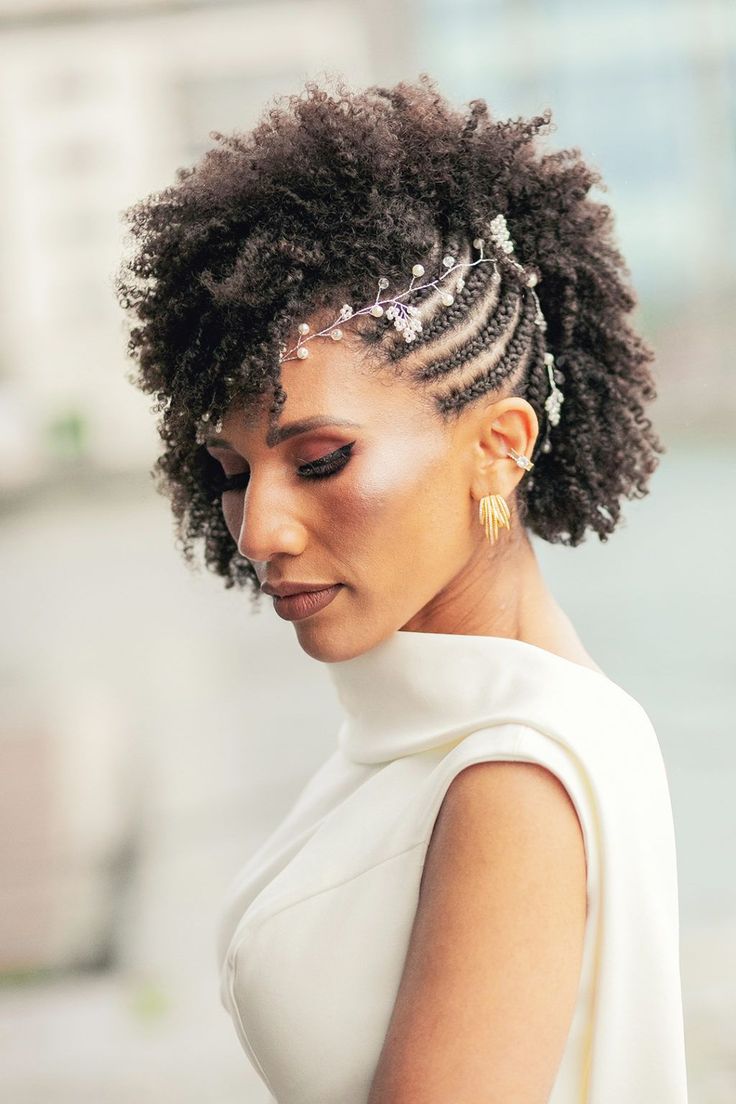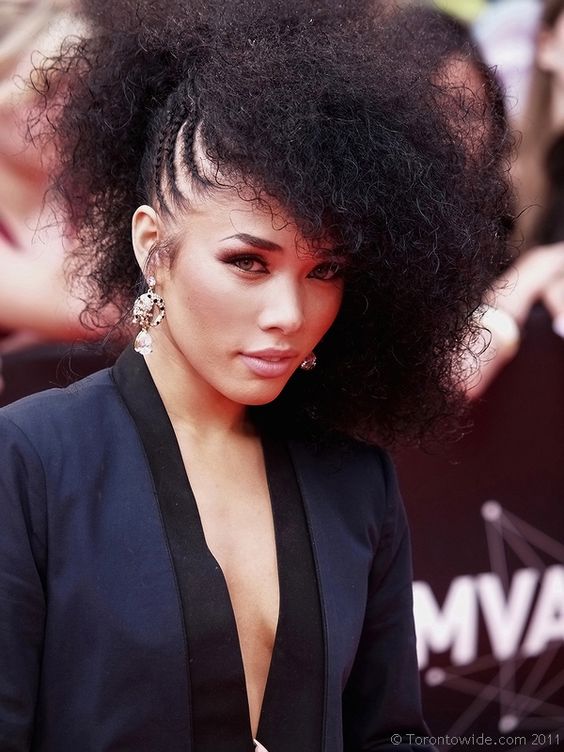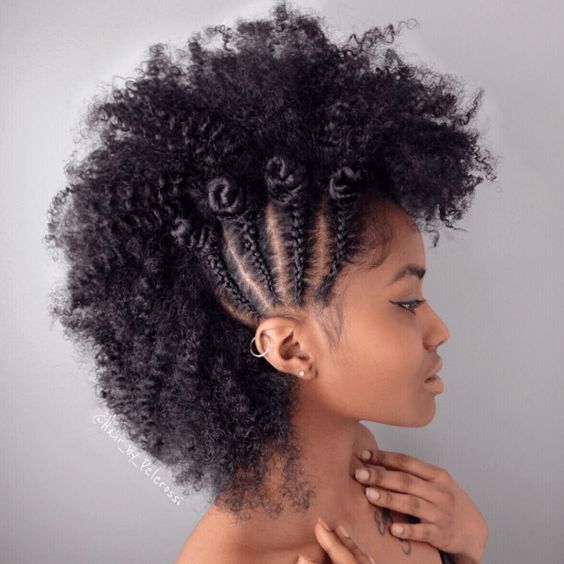The Rich Tapestry of African Dress: Tradition, Culture, and Contemporary Trends

African Dress is a vibrant and diverse tapestry woven from centuries of tradition, culture, and contemporary influences. The continent of Africa is a vast and heterogeneous place, home to over 50 countries, each with its unique history and heritage.
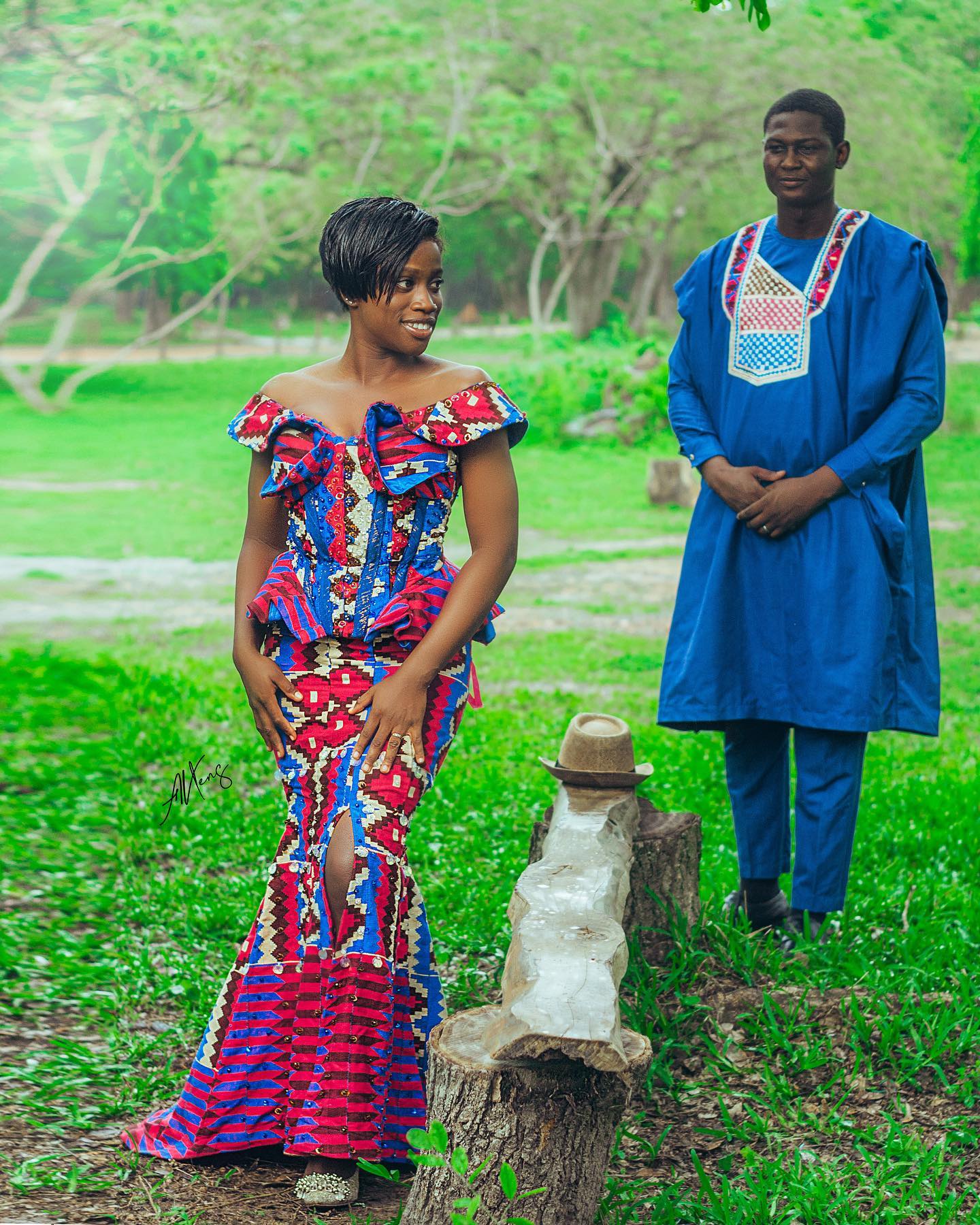
Consequently, African dress reflects this remarkable diversity, featuring a kaleidoscope of colors, patterns, fabrics, and styles. In this article, we will explore the rich and multifaceted world of African dress, shedding light on its significance, history, and the evolving trends that continue to shape it.
A History of African Dress
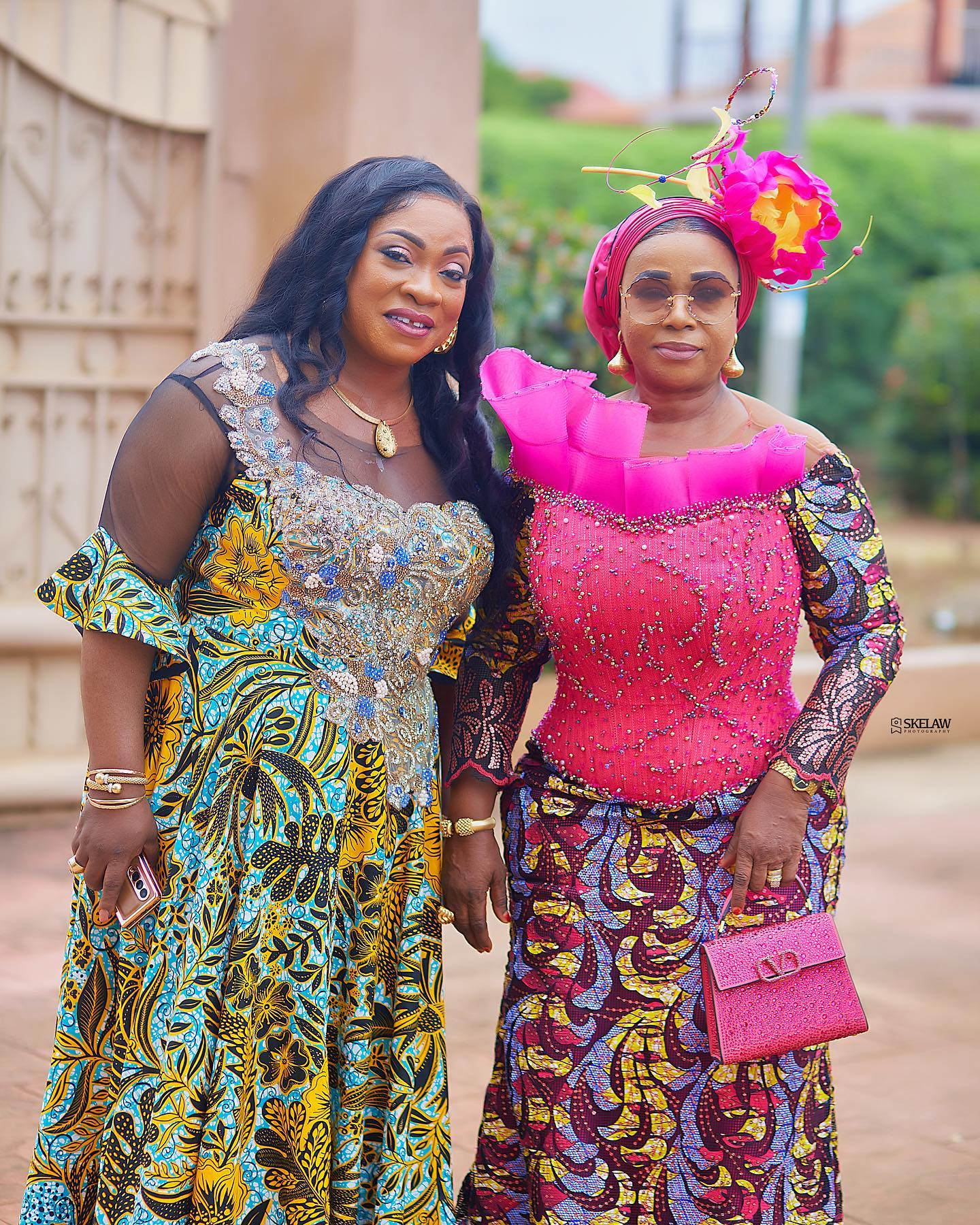
African dress has a long and storied history that predates colonization and globalization. Traditional African clothing is deeply rooted in the cultural, social, and religious practices of its people. From the intricately woven kente cloth of Ghana to the flowing robes of the Tuareg people in North Africa, the variety of garments across the continent is awe-inspiring.
1.Kente Cloth
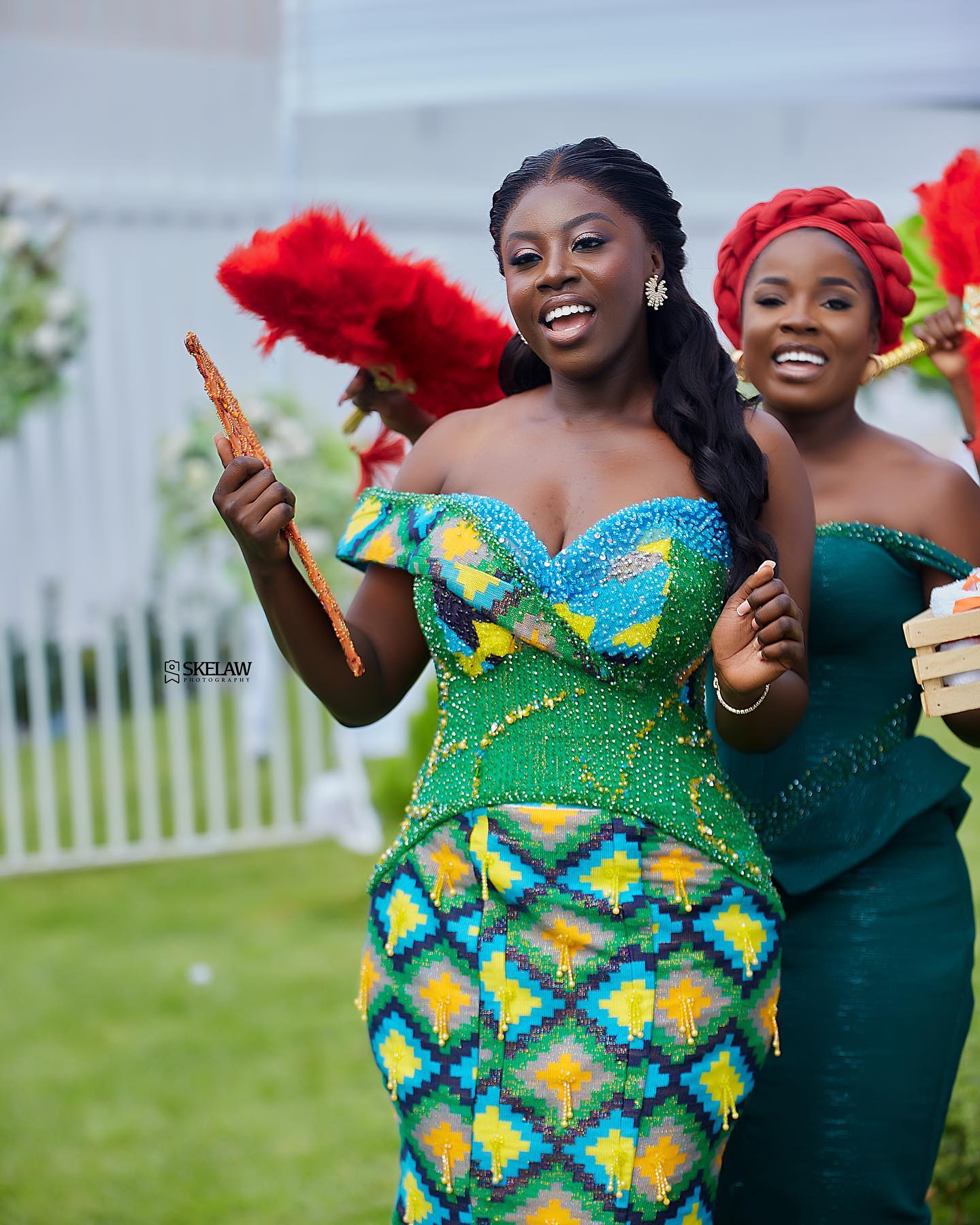
One of the most recognizable forms of African dress is the kente cloth. Originating from the Ashanti people in Ghana, kente is a handwoven fabric characterized by its vibrant colors and intricate patterns. Each design and color carries specific meanings, making it a potent symbol of African identity and heritage.
2. Dashikis and Boubou
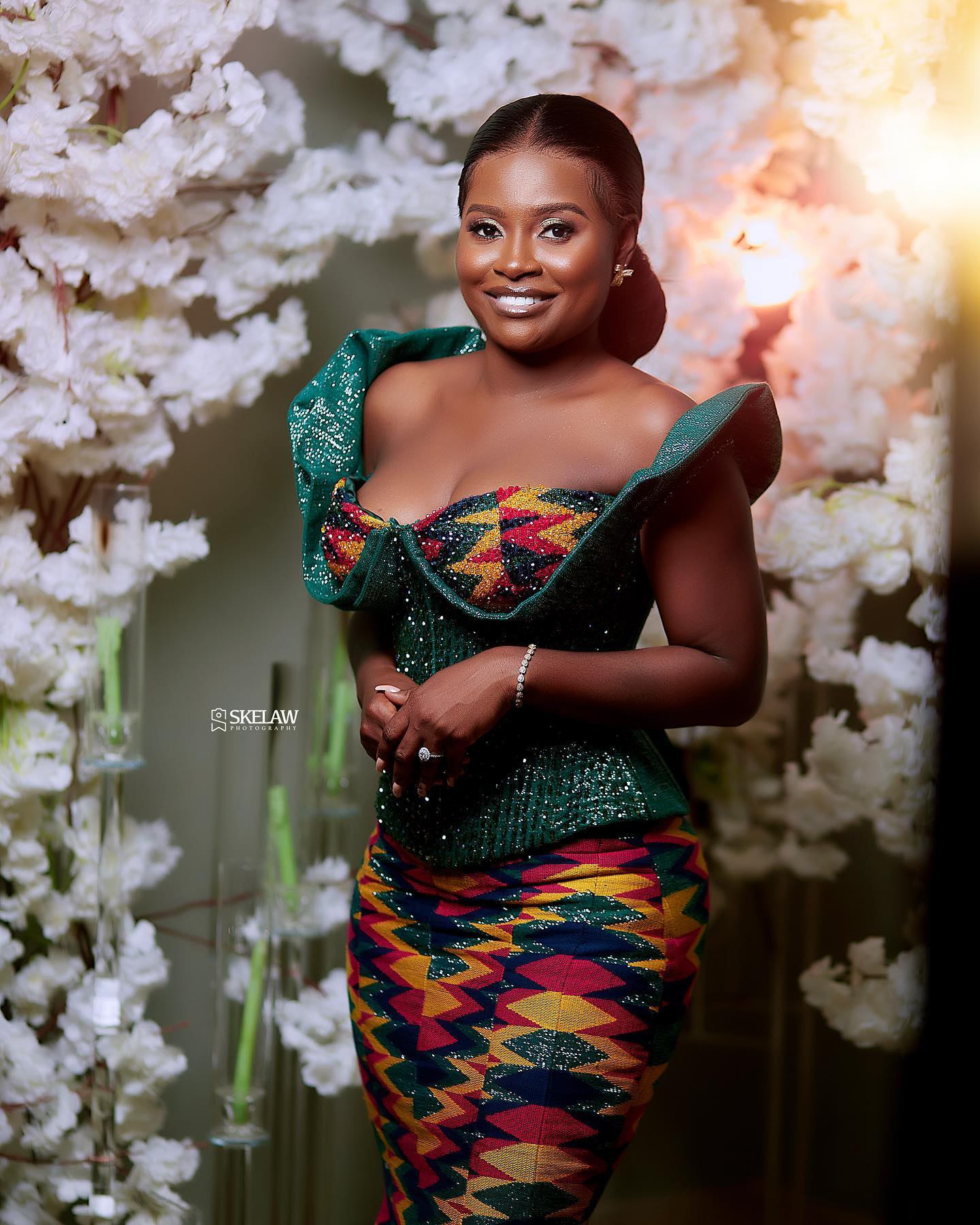
Dashikis, loose-fitting shirts, and boubous, flowing robes, are common garments in West and North Africa. They are often adorned with elaborate embroidery and are worn on various occasions, including weddings, religious ceremonies, and cultural celebrations.
3.Maasai Shuka

The Maasai people of East Africa are known for their distinctive red-checked shuka, a versatile cloth used as a wrap, blanket, or clothing. The Maasai Shuka is not only a practical garment but also a symbol of their cultural pride and identity.
4.Islamic Influence
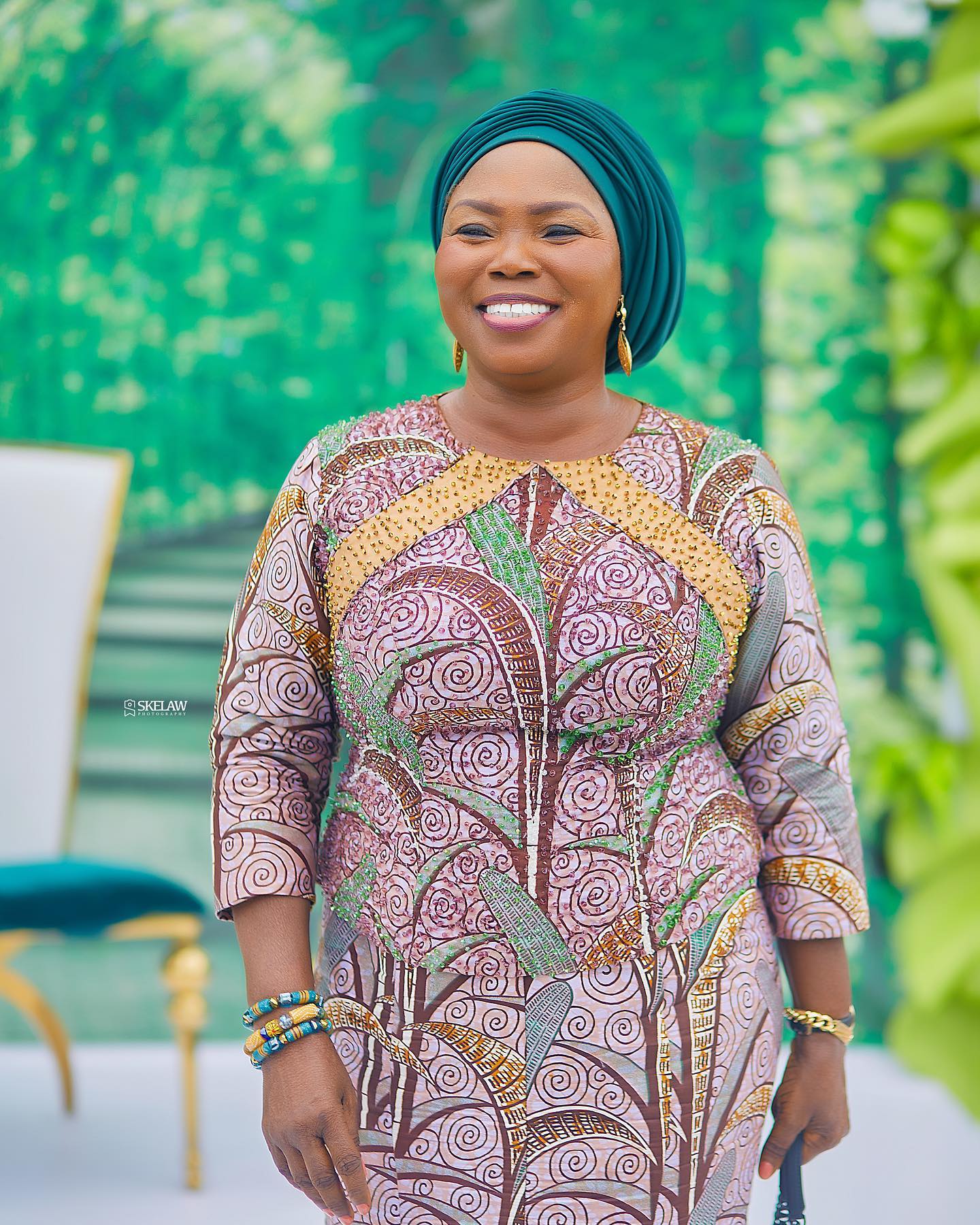
In North Africa, the Islamic faith has had a profound influence on clothing styles, leading to the development of the djellaba, a long robe, and the hijab, a headscarf worn by Muslim women. These garments represent a fusion of religious tradition and regional aesthetics.
5. Adire and Mud Cloth
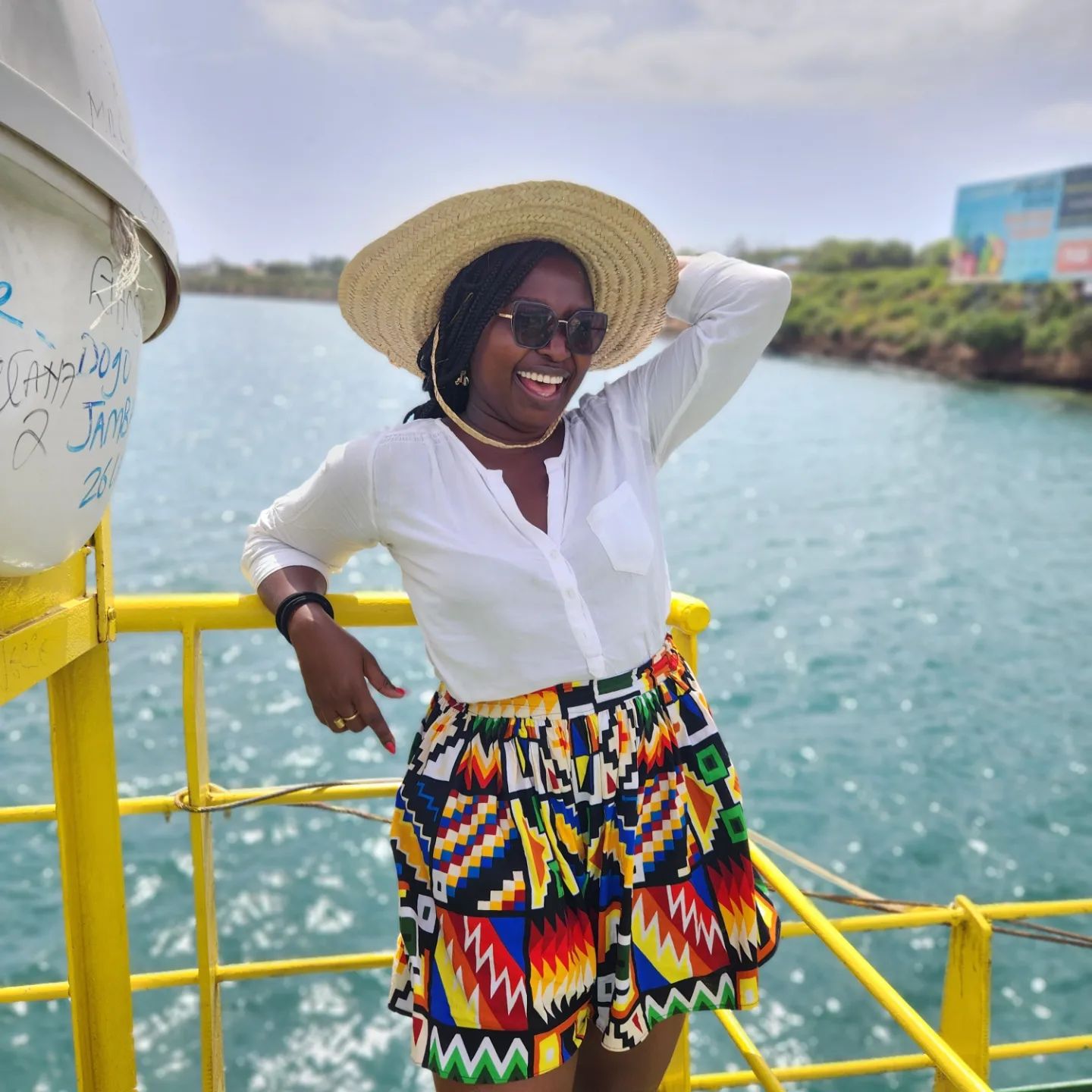
In West Africa, countries like Nigeria and Mali are known for their unique fabric dyeing techniques. Adire, a resist-dyeing method, and mud cloth, which is hand-painted with natural dyes, produce distinctive and culturally significant textiles.

The Contemporary Evolution
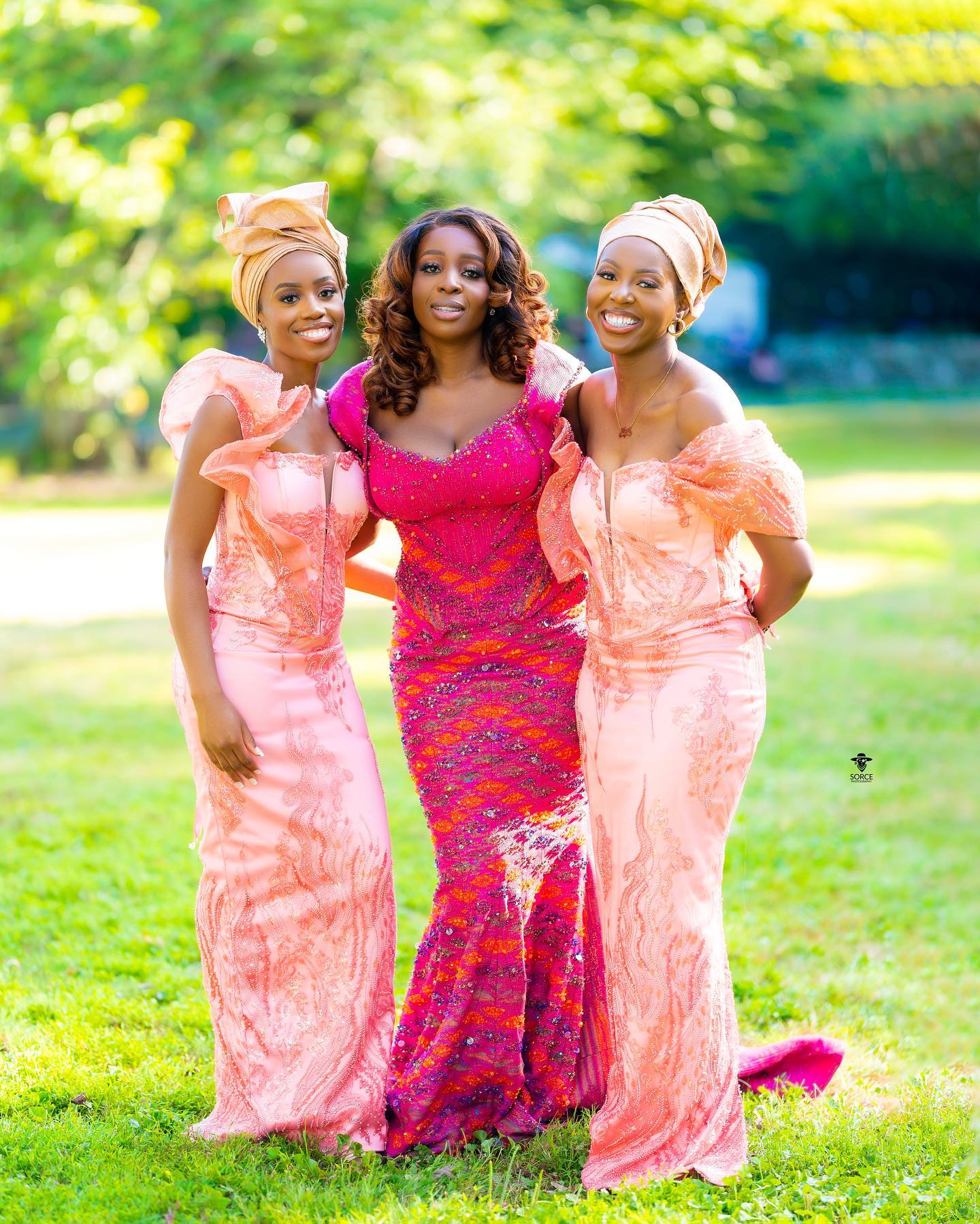
While traditional African dress remains deeply respected and cherished, contemporary African fashion has also seen a surge in popularity on the global stage. African designers and fashion entrepreneurs have been instrumental in reimagining and modernizing African dress, blending traditional elements with contemporary styles.
1.African Print Fabrics

African print fabrics, such as Ankara (commonly used in Nigeria) and Kitenge (popular in East Africa), have gained international acclaim. These vibrant and eye-catching prints are used to create a wide range of clothing items, from dresses and suits to accessories like bags and shoes.
2. African-Inspired Streetwear
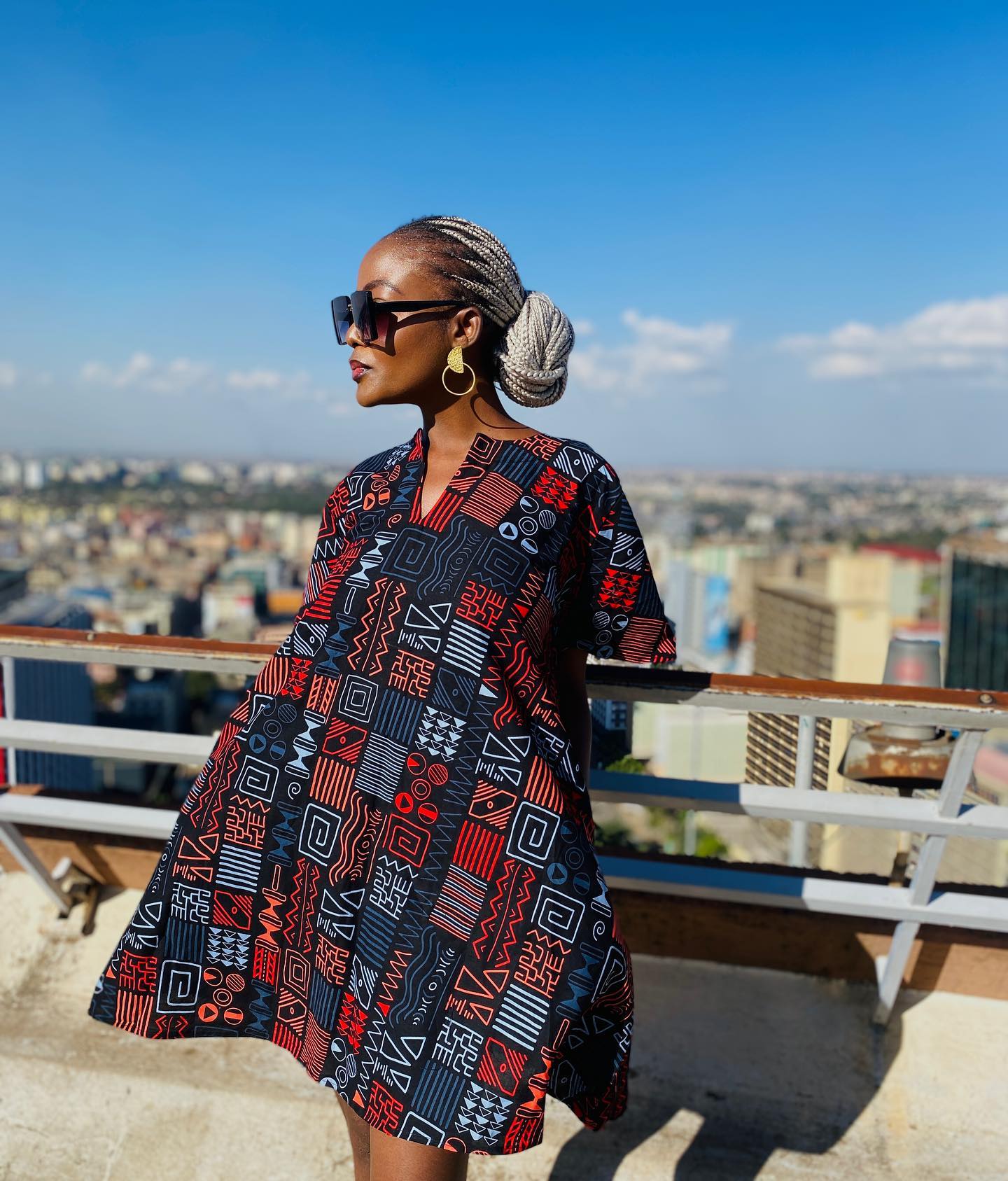
Young Africans, particularly in urban areas, have embraced a fusion of traditional and modern styles. African-inspired streetwear often combines traditional textiles with Western silhouettes, creating a unique and fashionable look.
3. Global Celebrities and African Dress
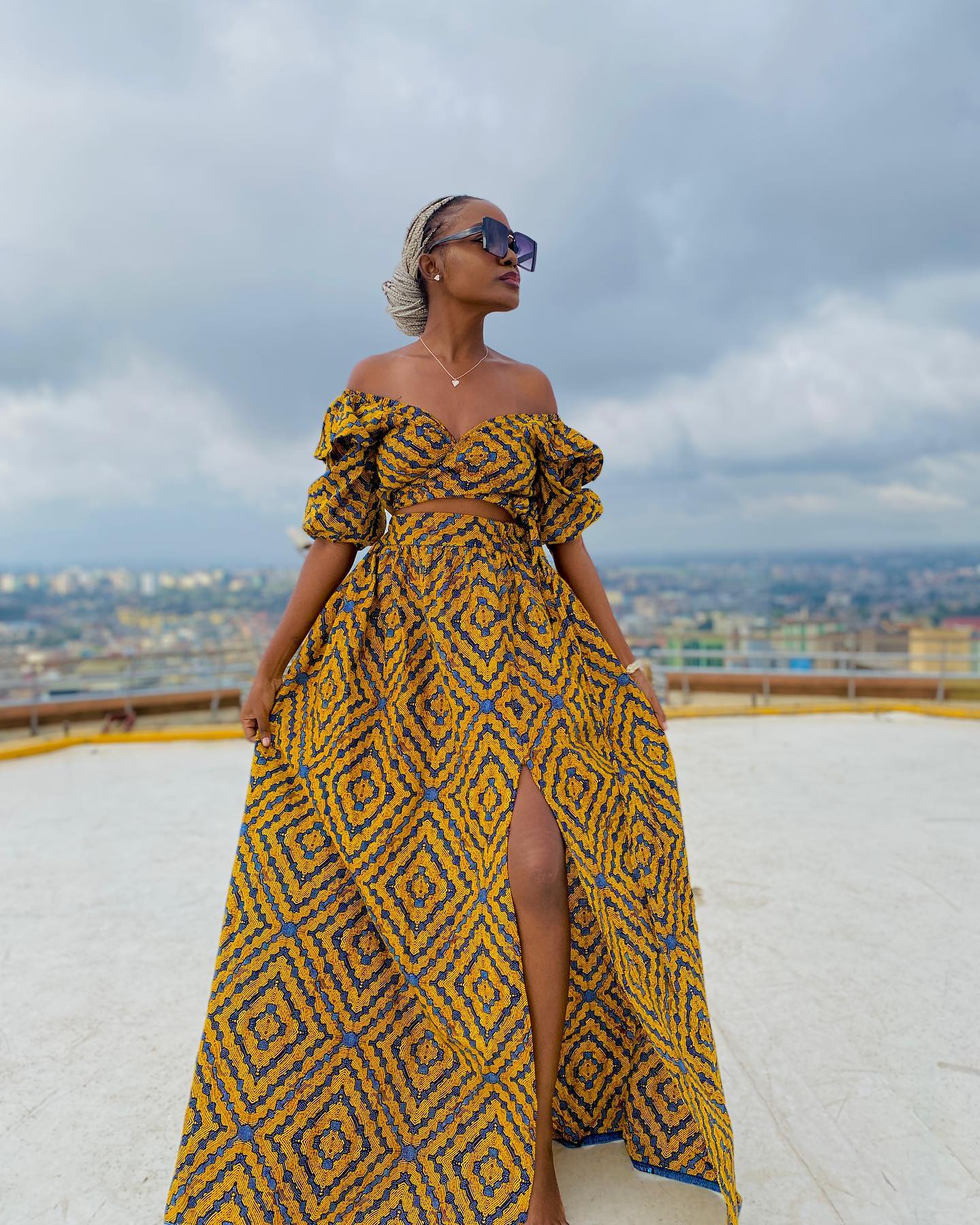
Prominent figures, including international celebrities like Lupita Nyong’o and Beyoncé, have proudly worn African-inspired garments, contributing to the global recognition and appreciation of African fashion.
4. Sustainable Fashion

Many African designers are embracing sustainable and ethical practices in their fashion lines, using organic materials and supporting local artisans. This eco-conscious approach aligns with the continent’s commitment to preserving its natural resources.
Conclusion
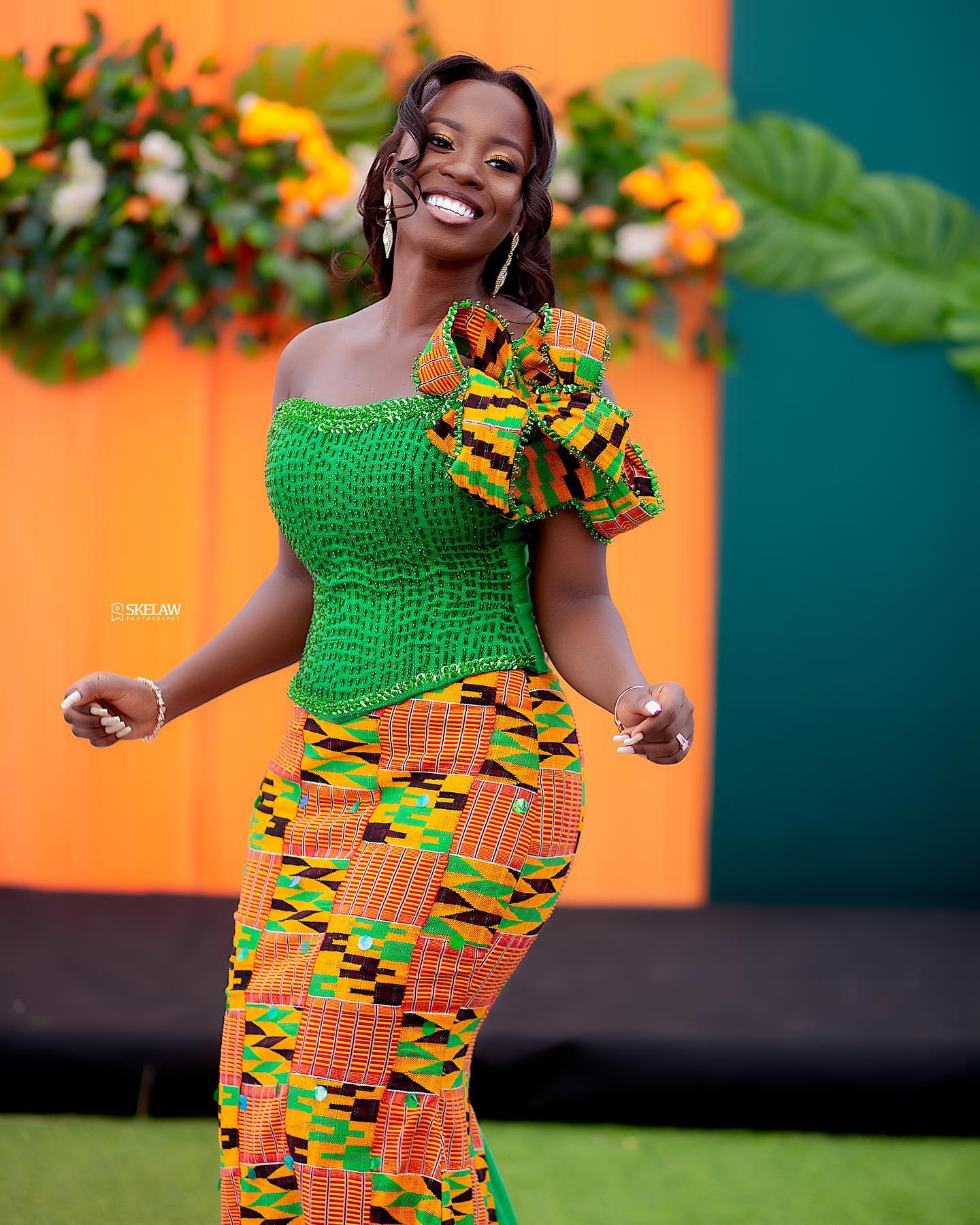
African dress is a testament to the continent’s rich cultural heritage, history, and creativity. Whether steeped in tradition or reimagined for the modern world, African clothing serves as a powerful symbol of identity, pride, and artistic expression.
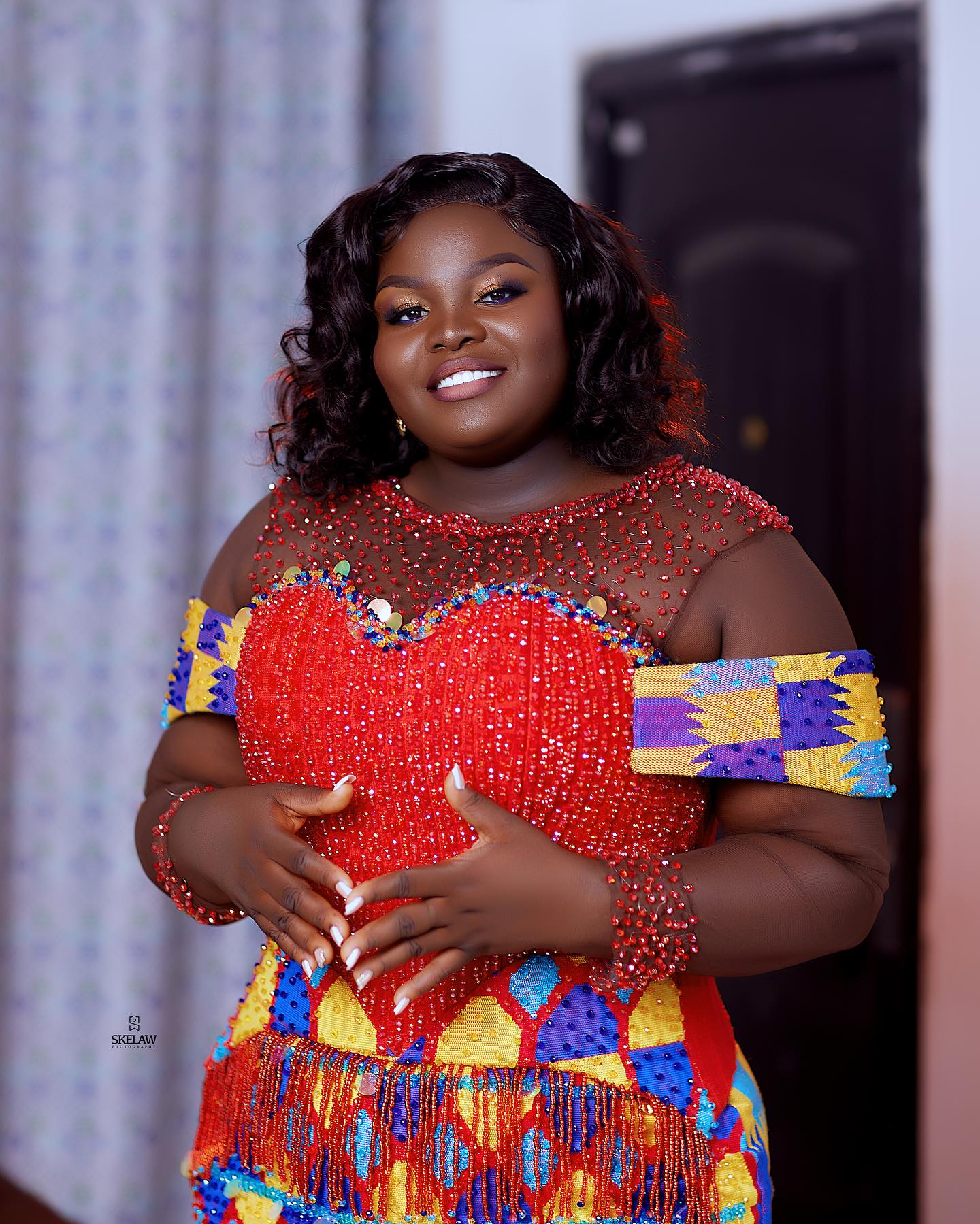
As the world continues to celebrate and embrace the diverse and captivating world of African dress, it becomes clear that the tapestry of African fashion is one that is continually evolving, adapting, and inspiring fashion enthusiasts worldwide.

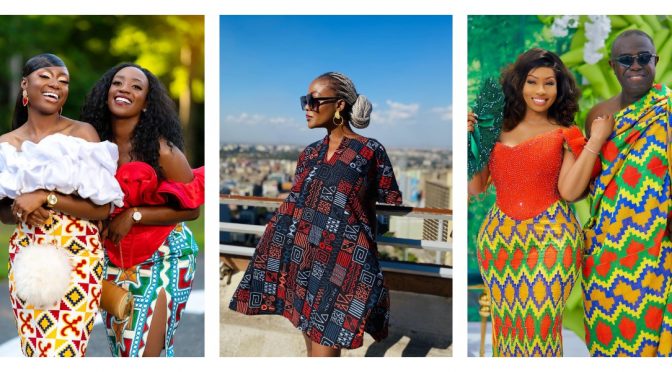

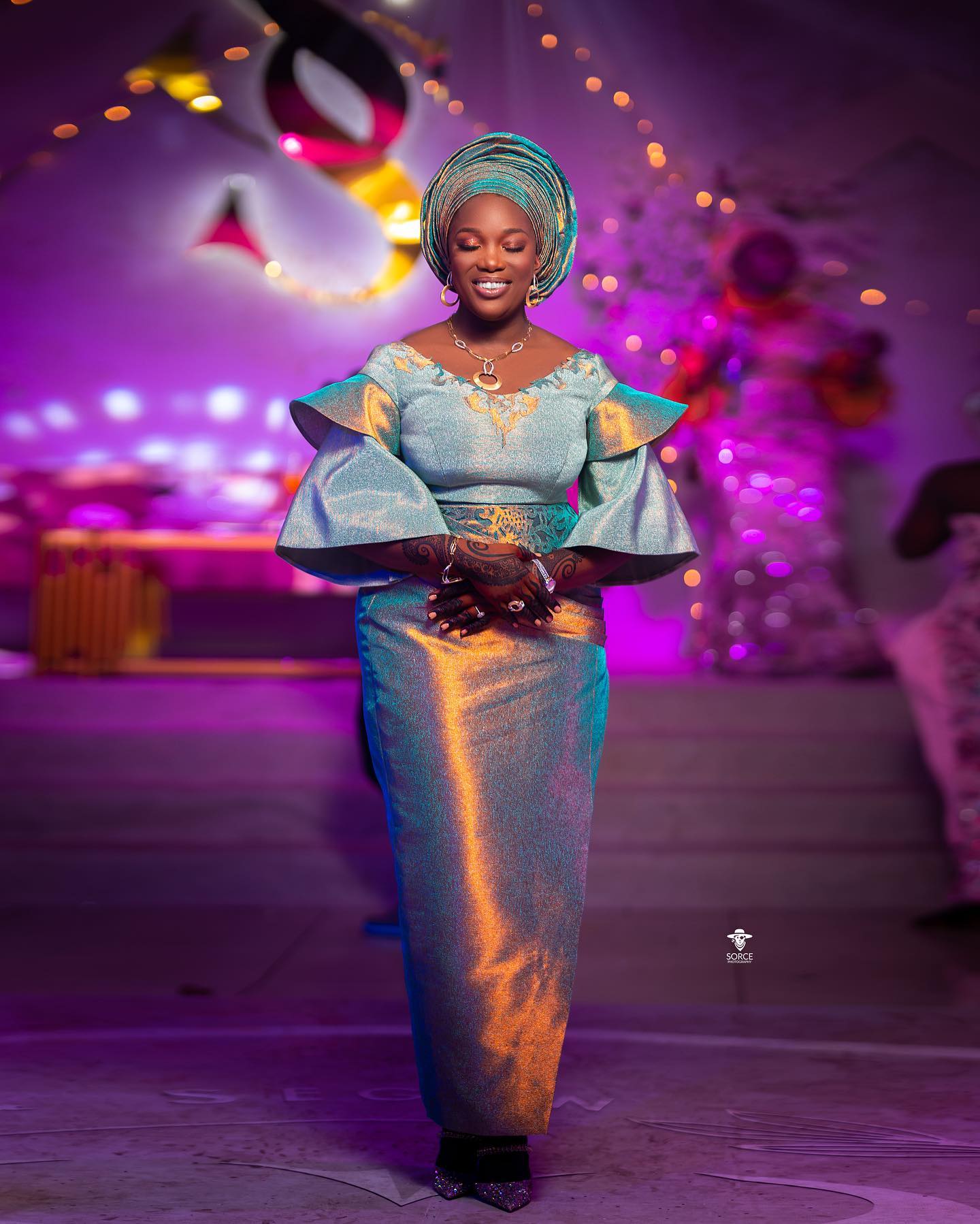

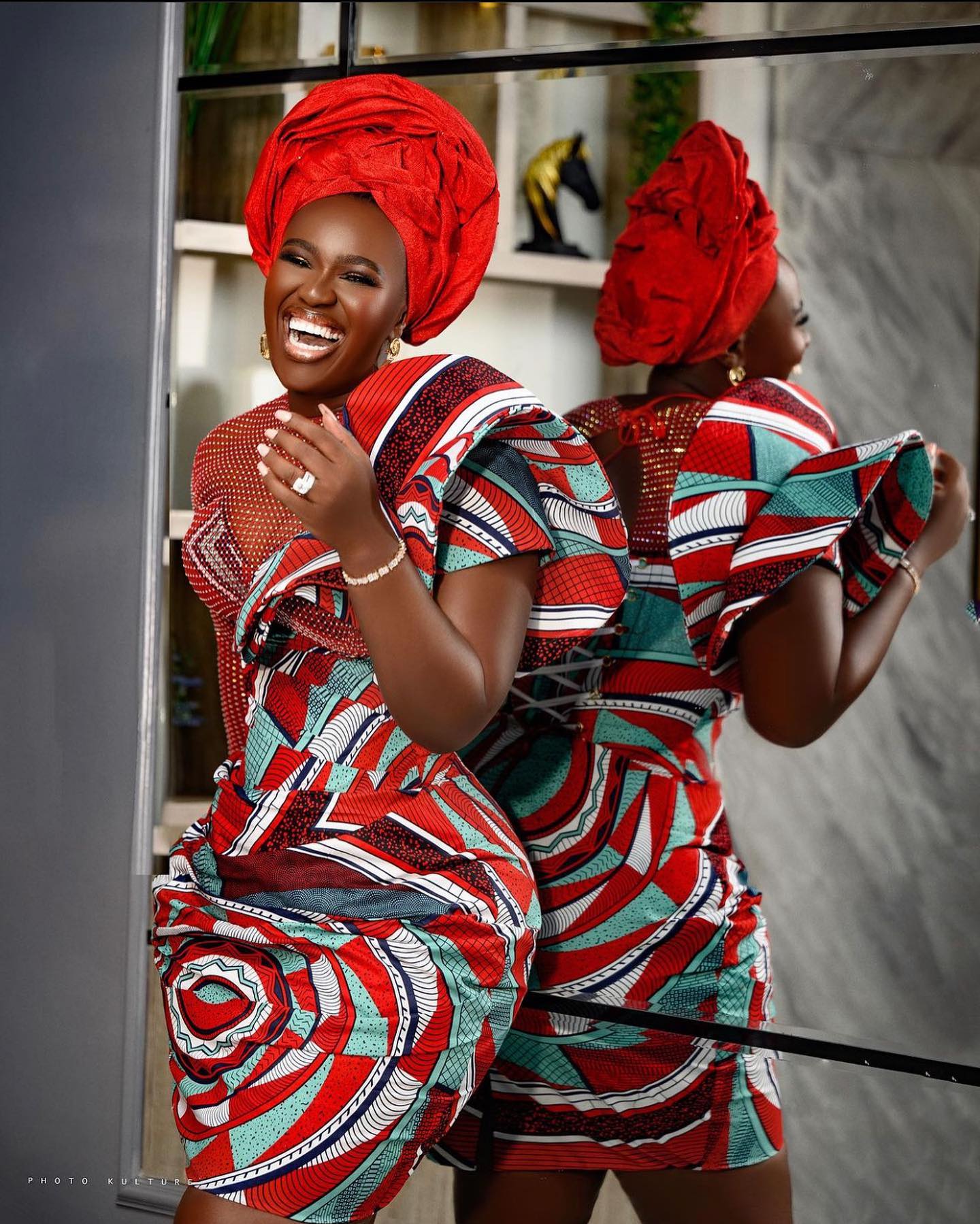
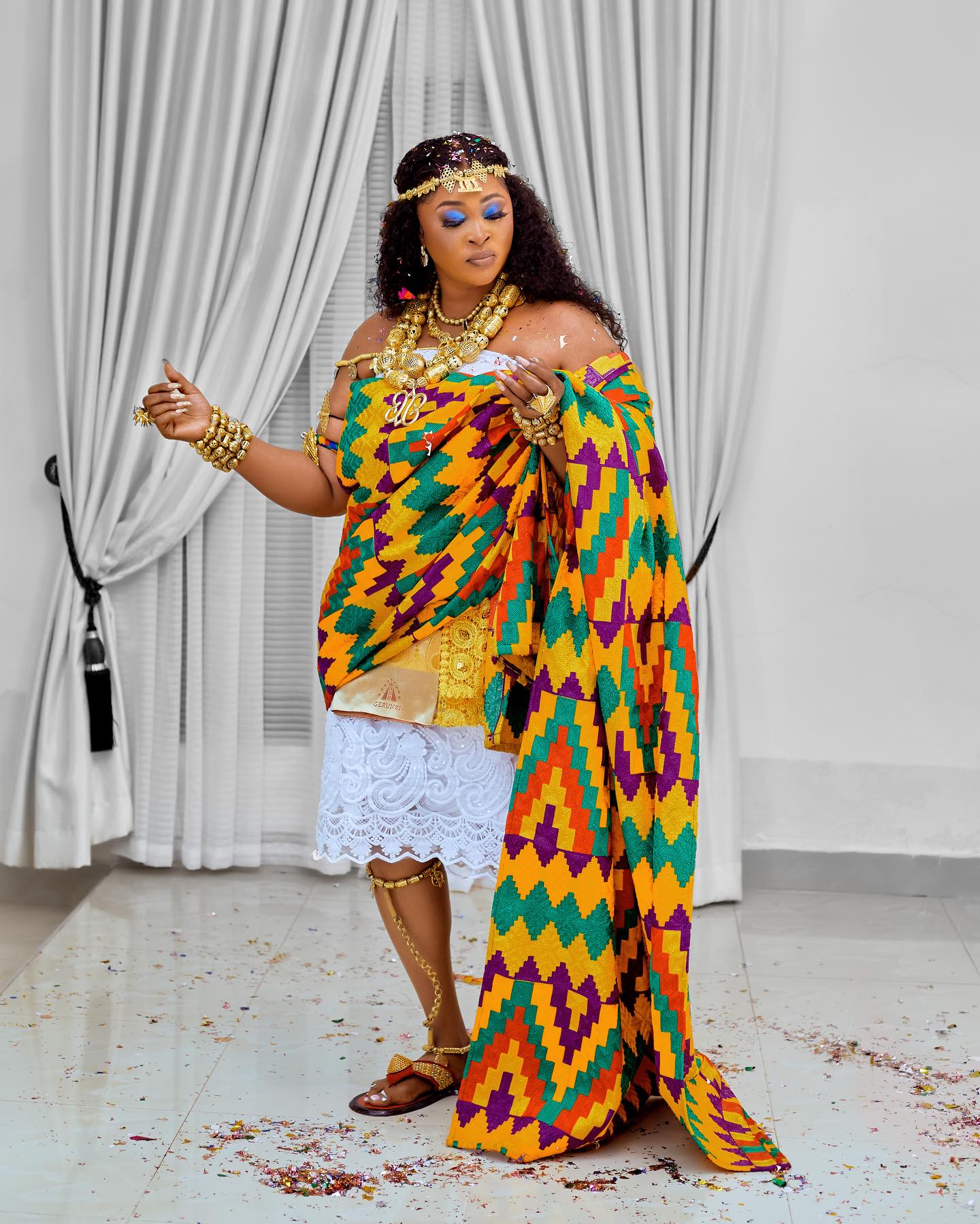

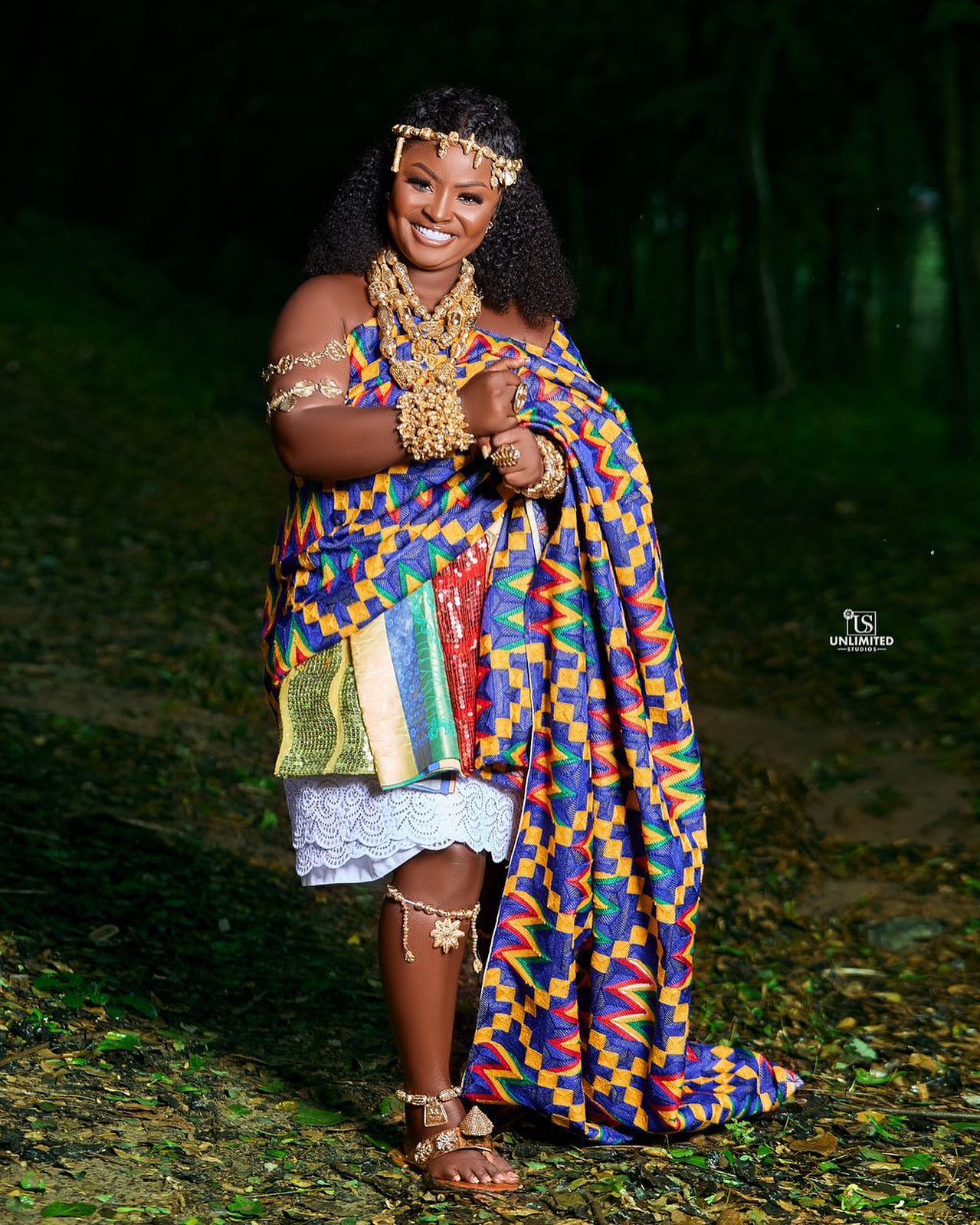
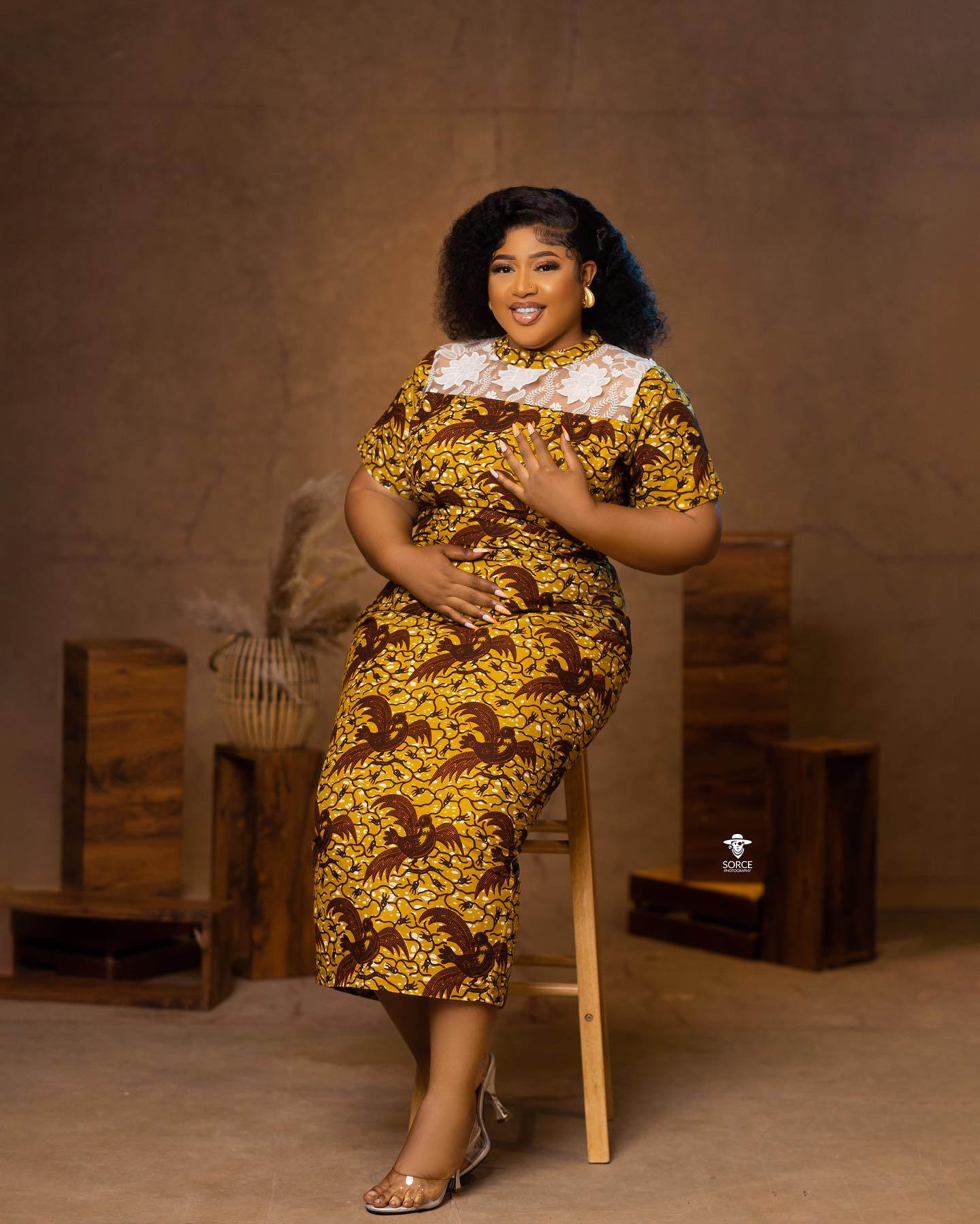


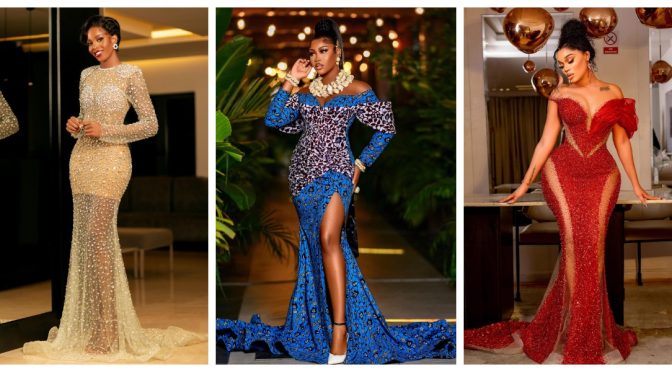
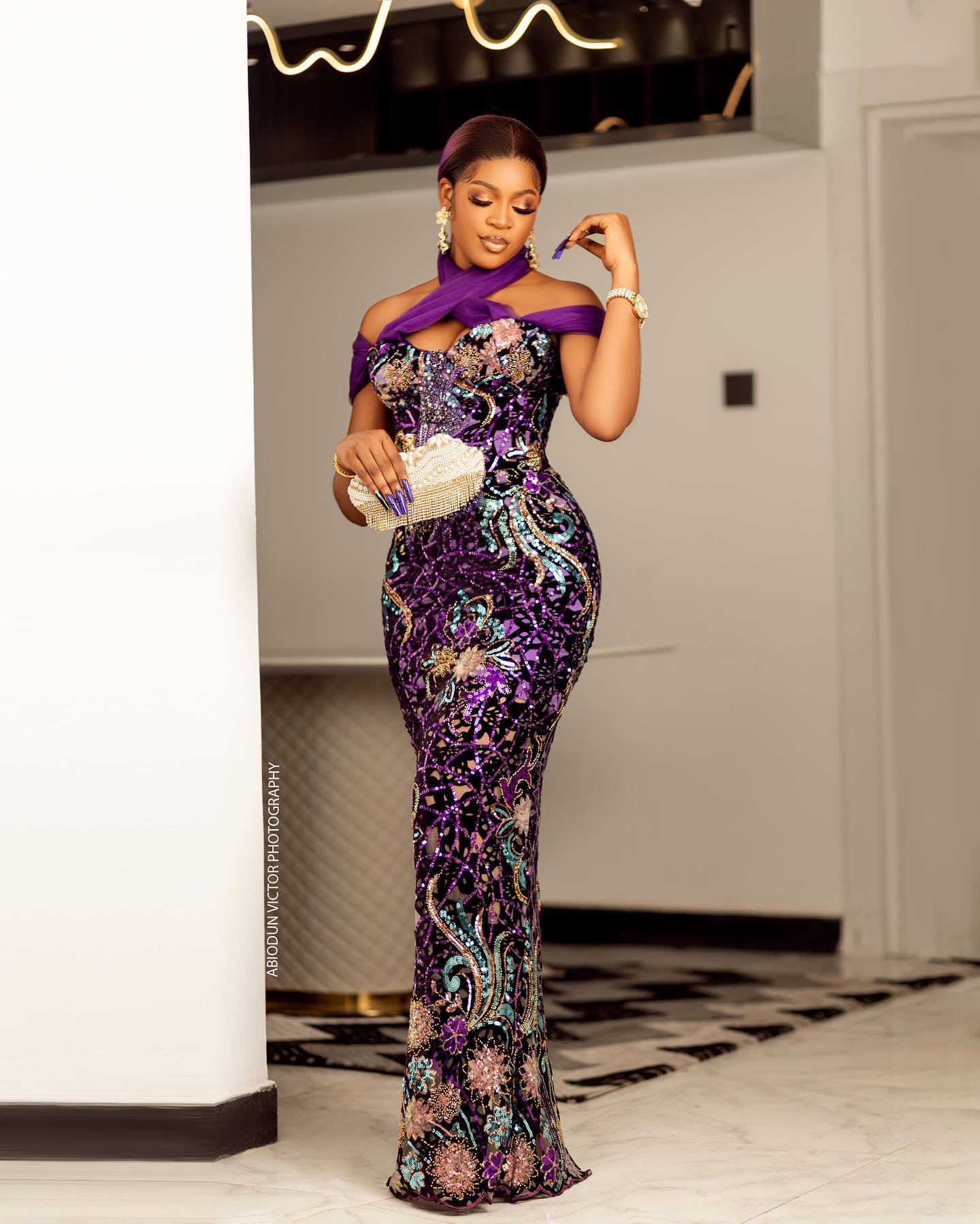
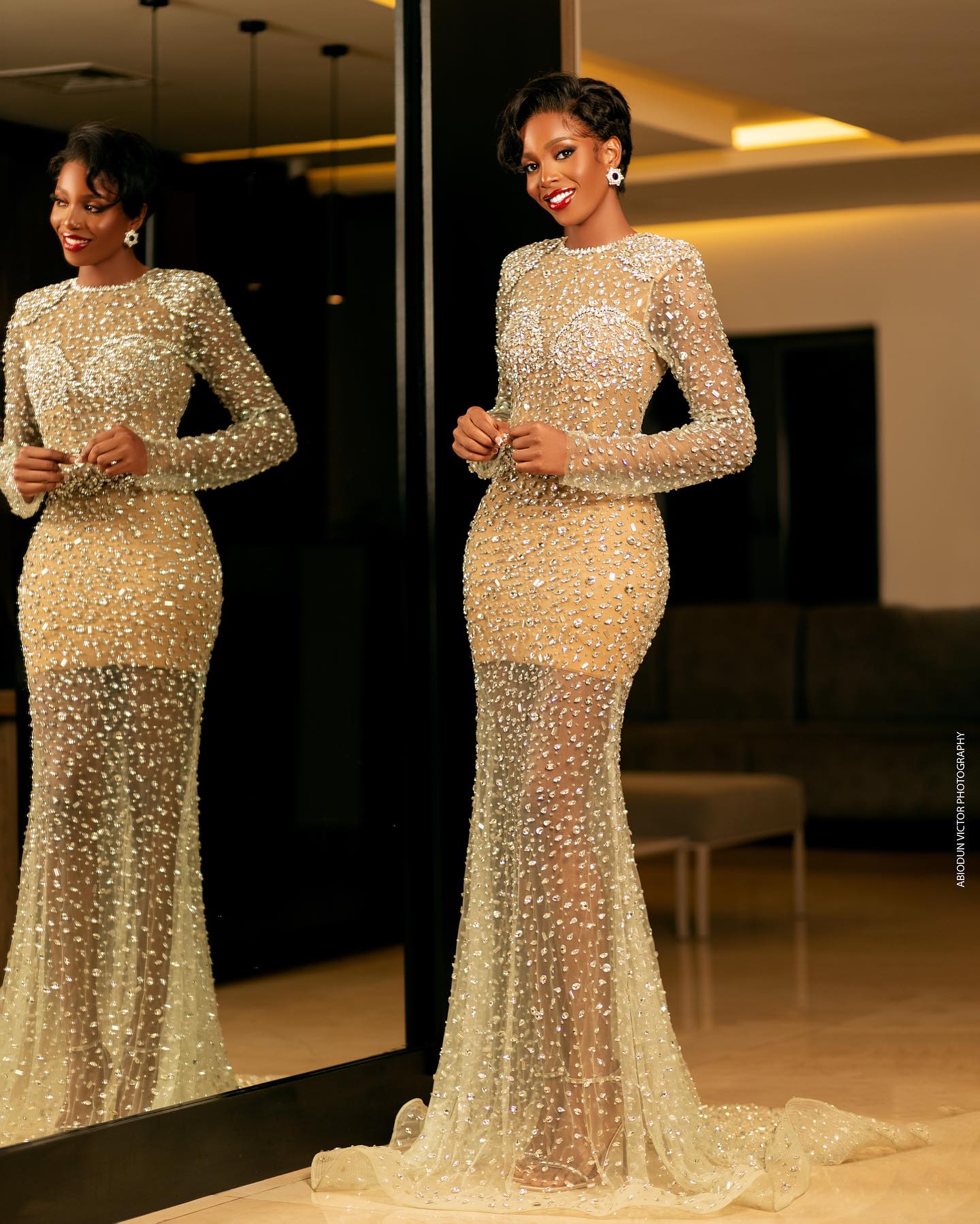
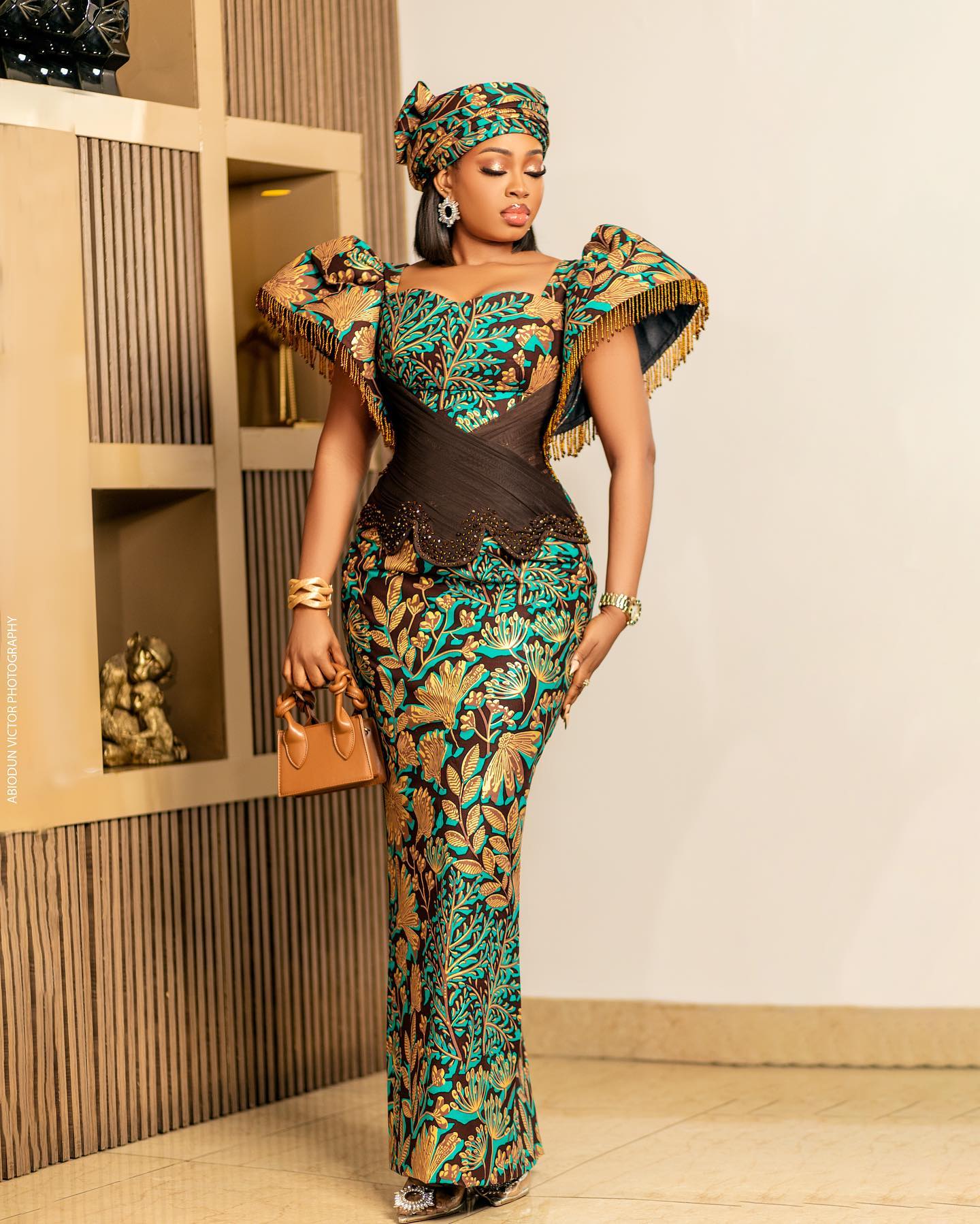
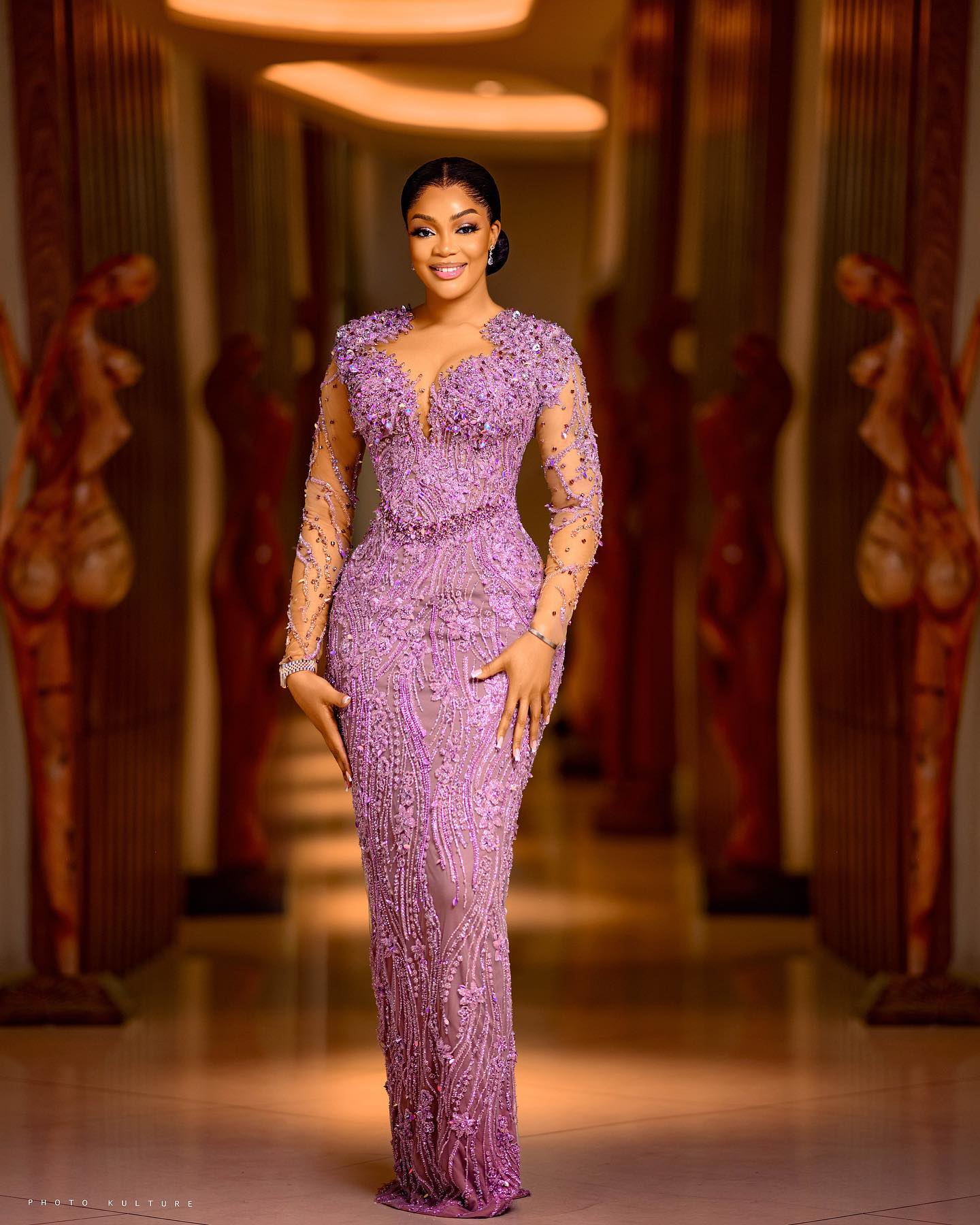
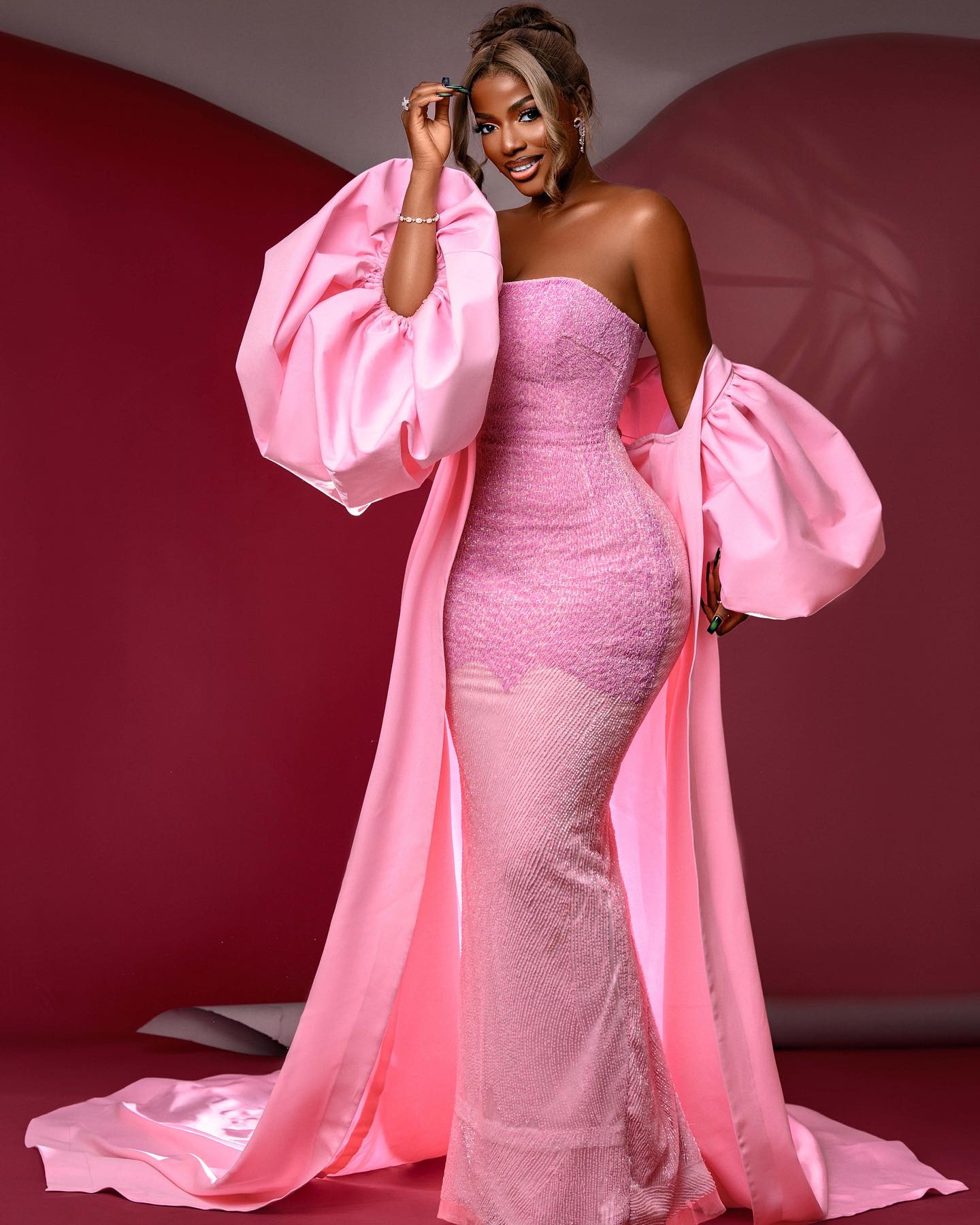
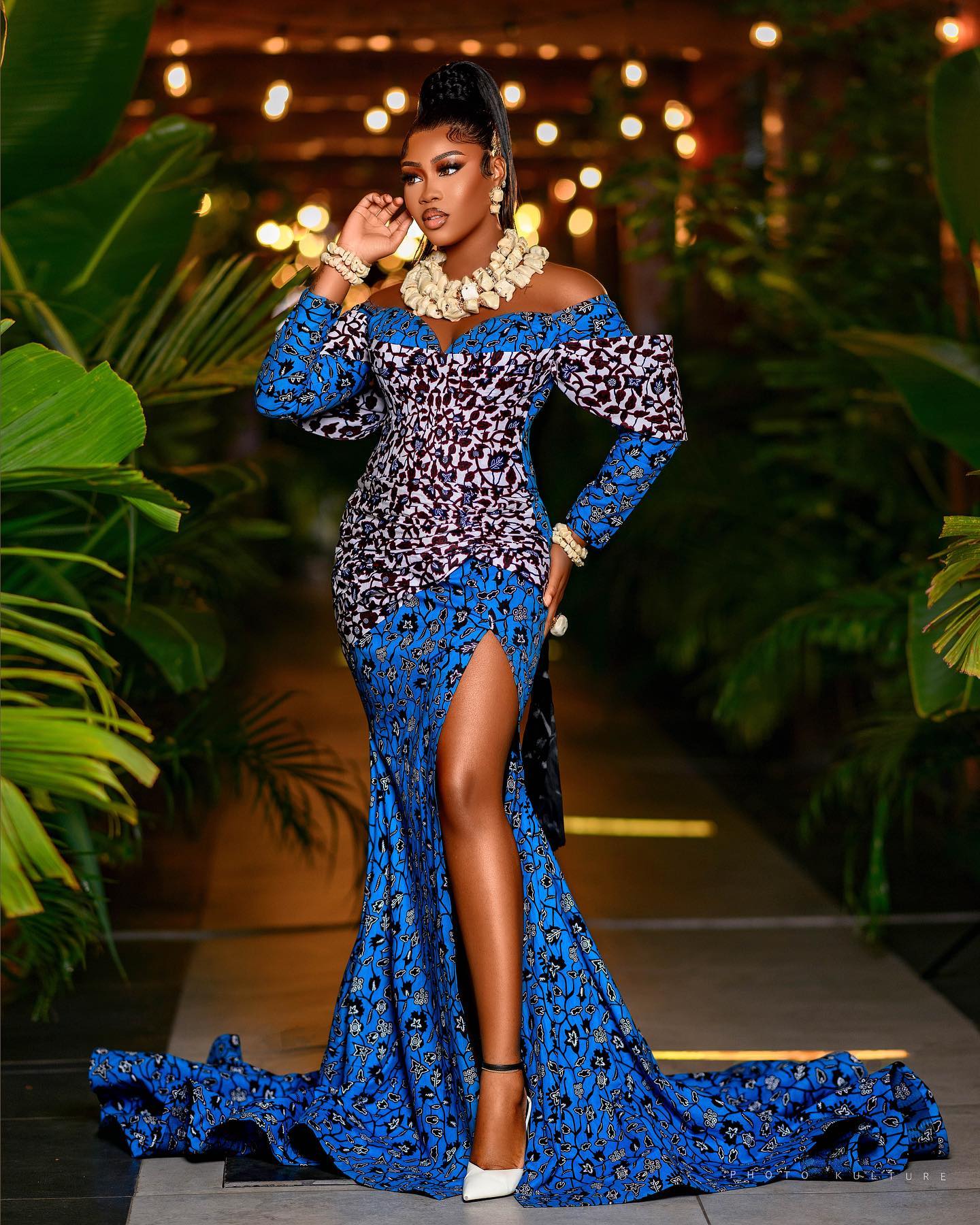
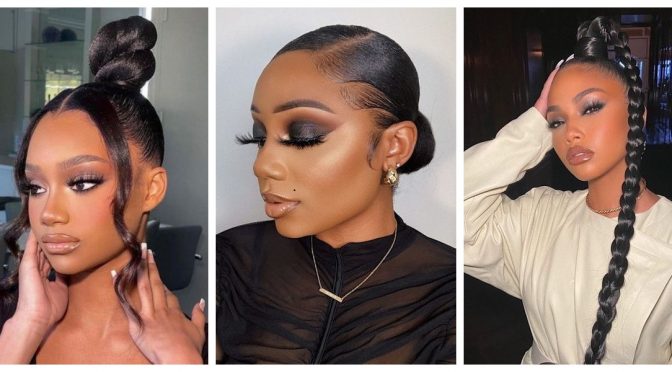
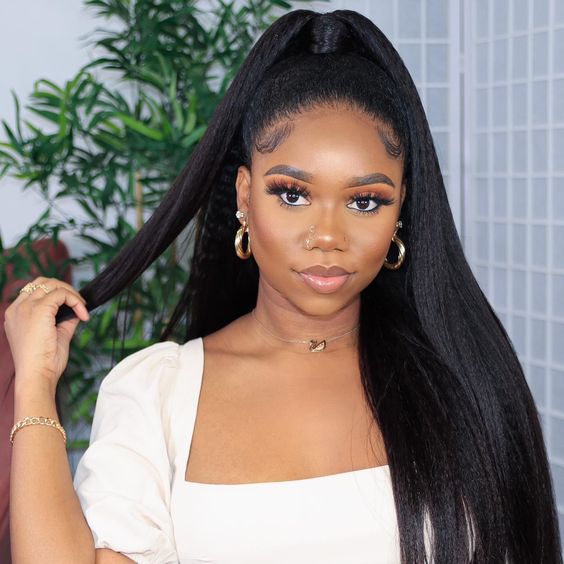
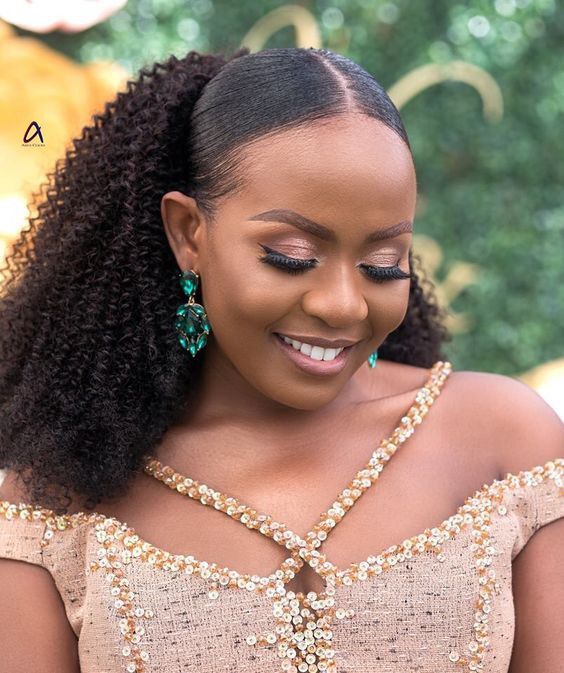

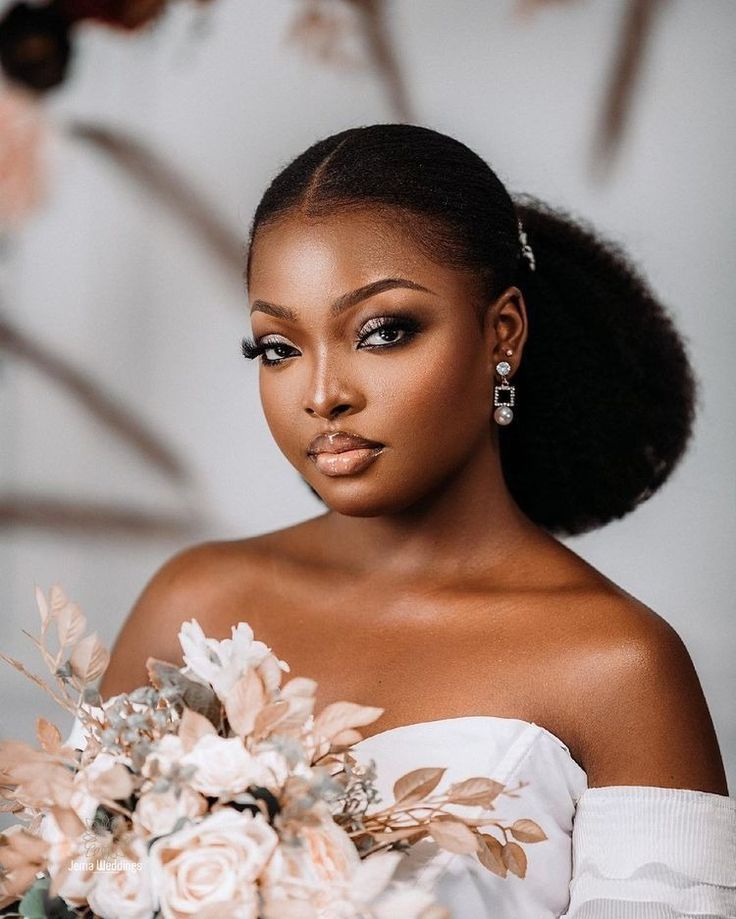
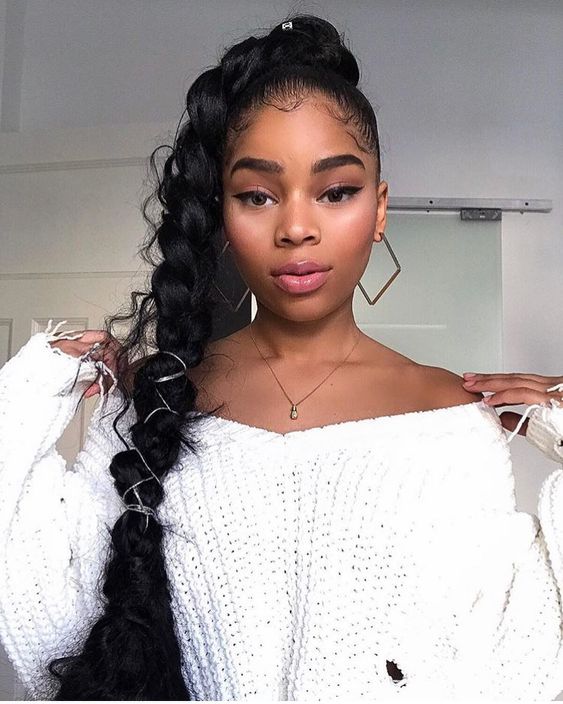
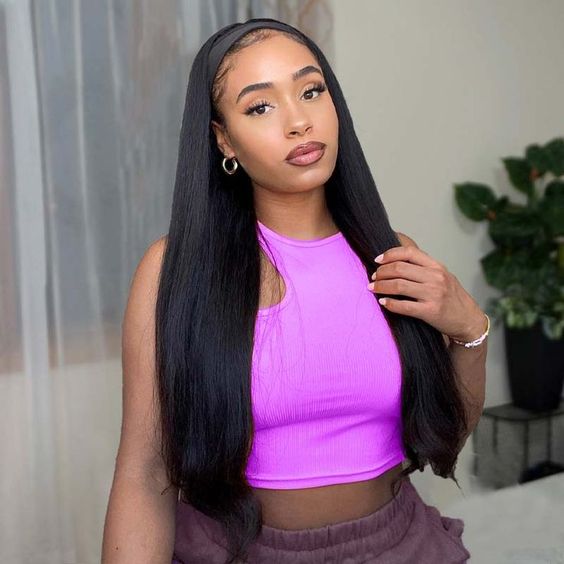
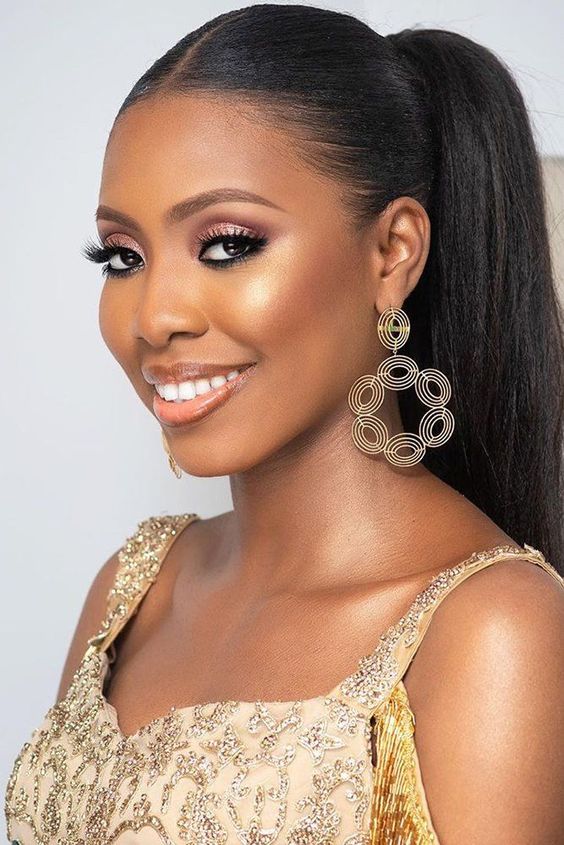
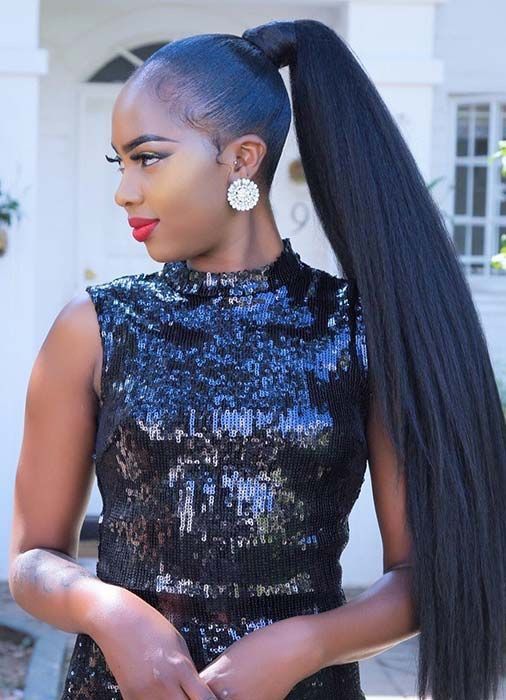
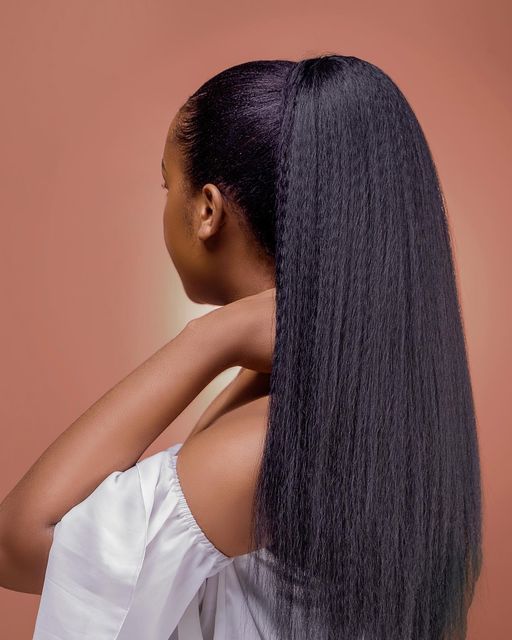
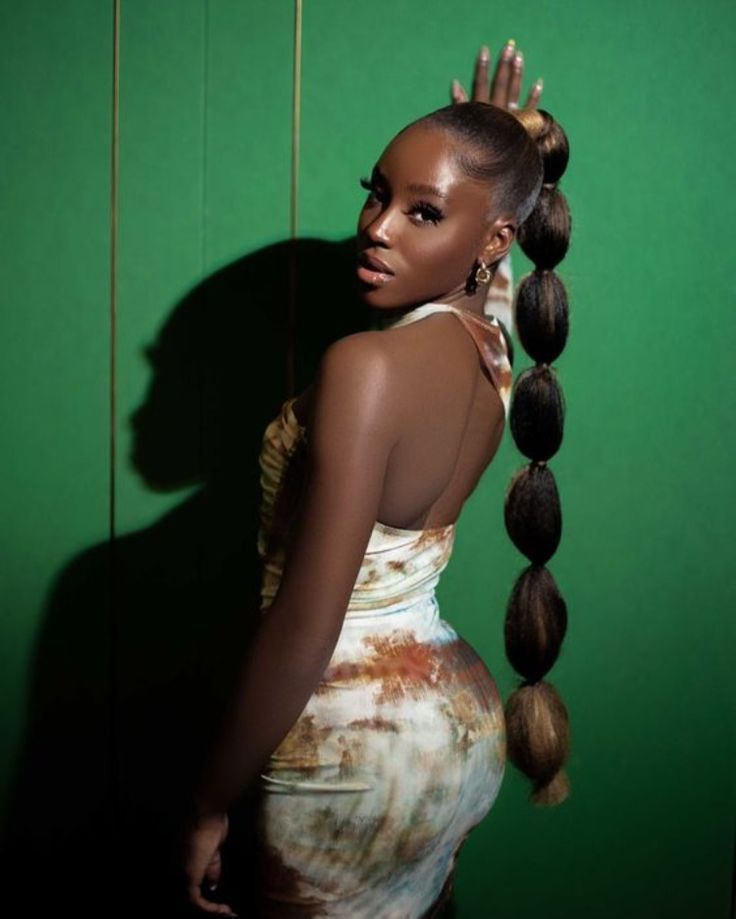
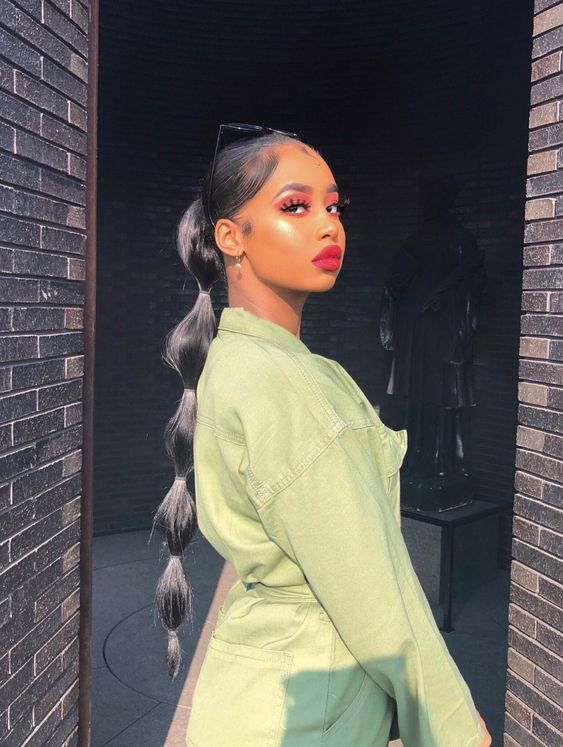
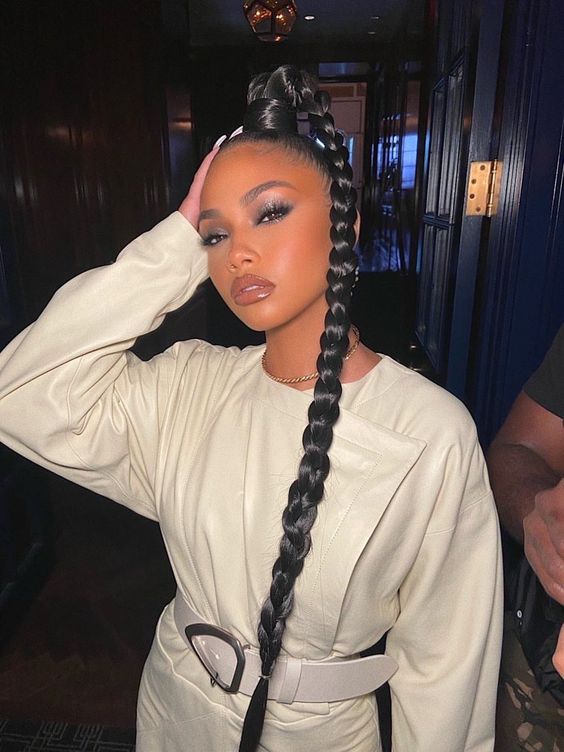
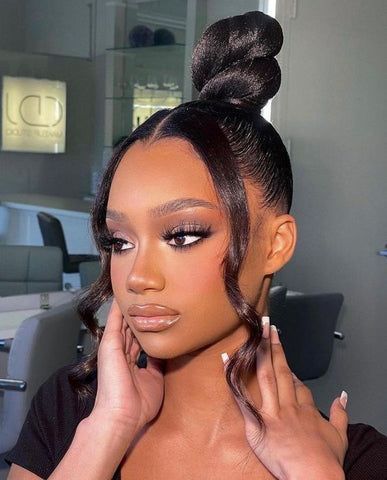

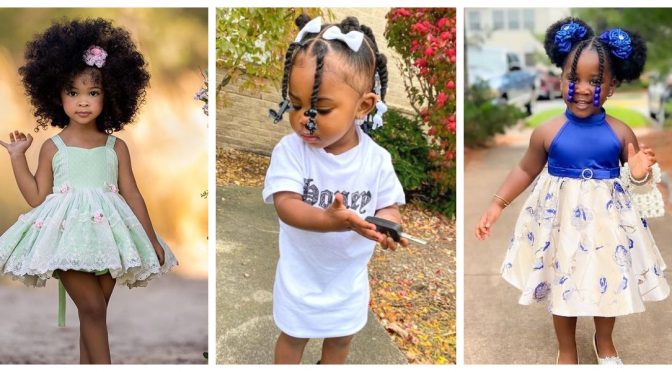
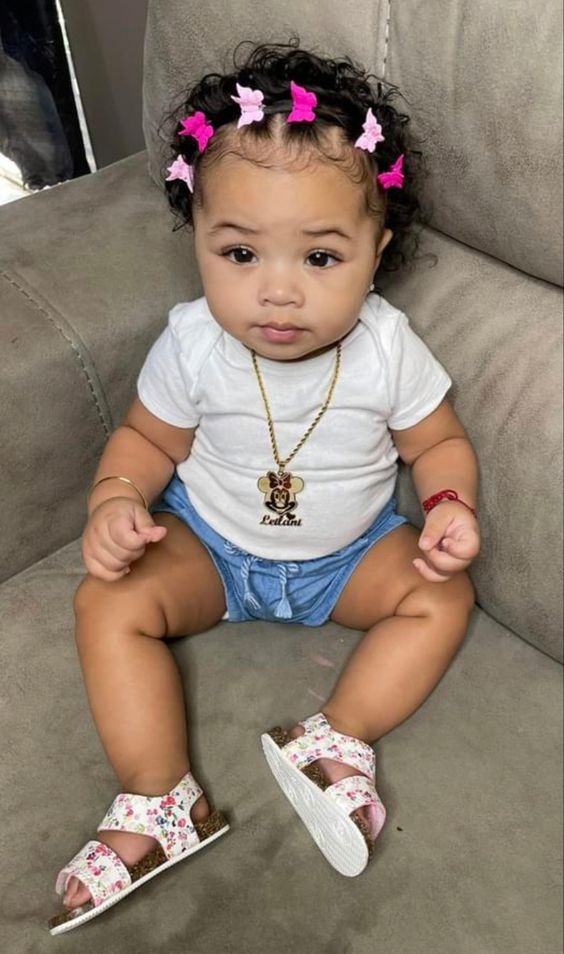
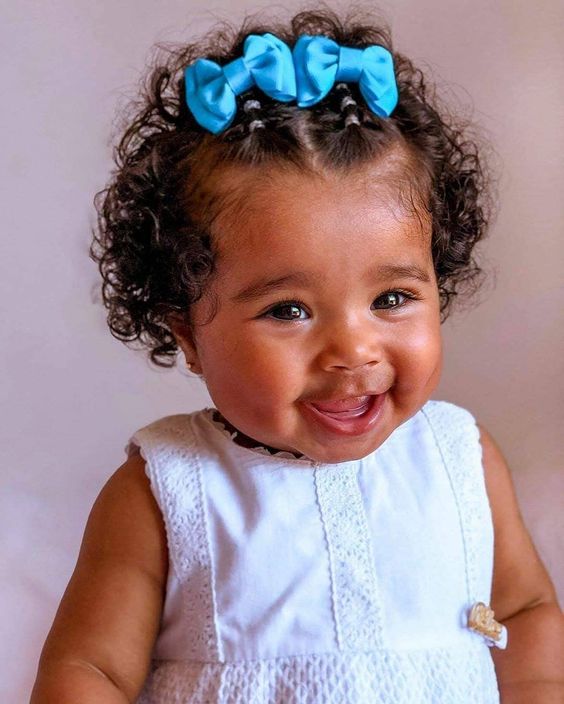
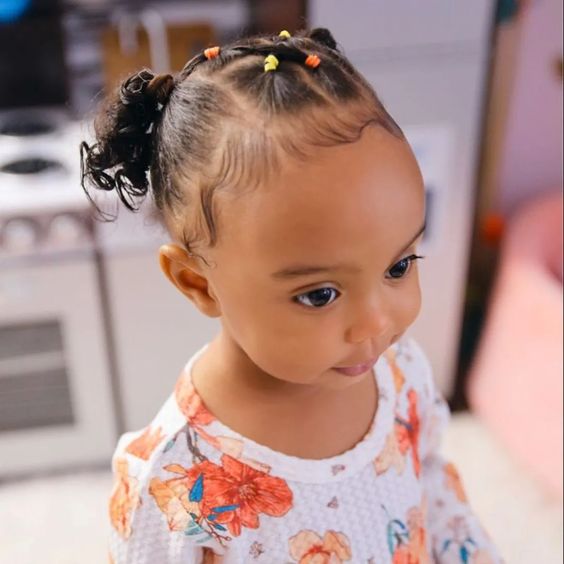
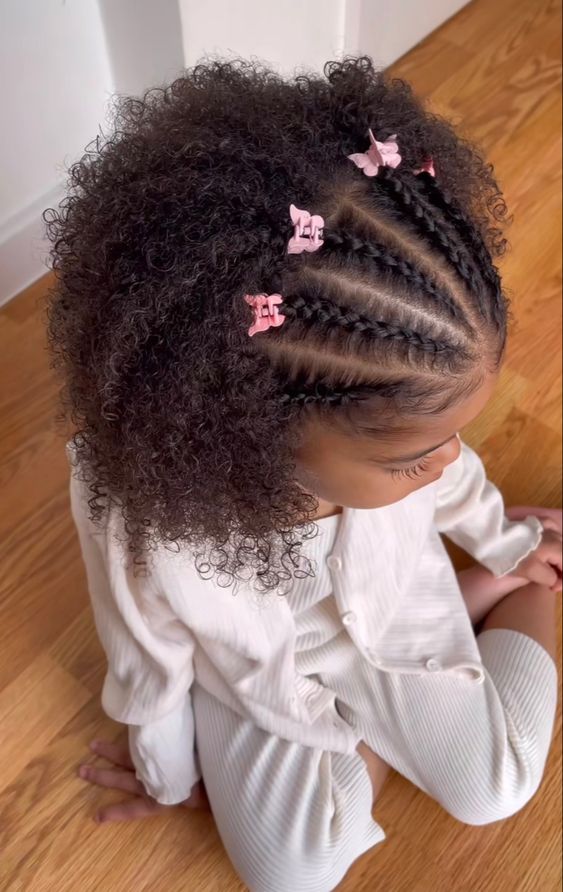
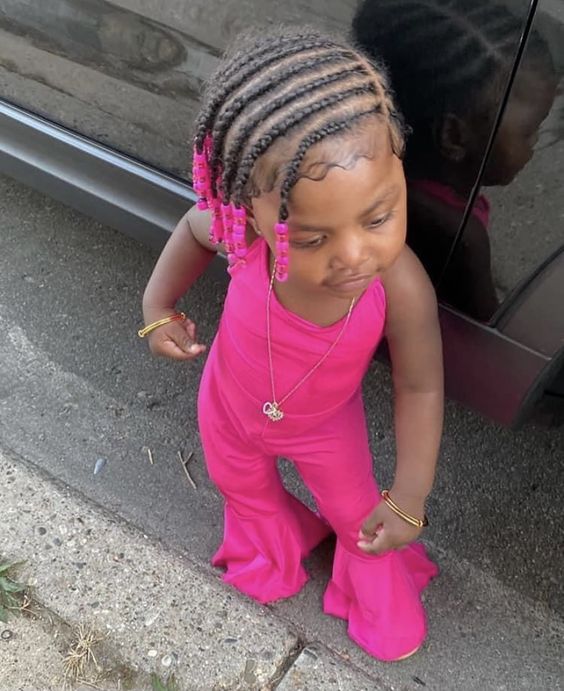
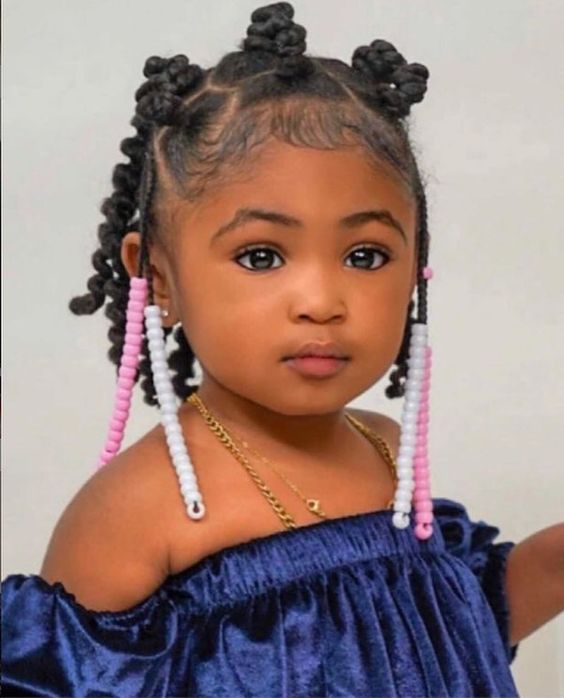
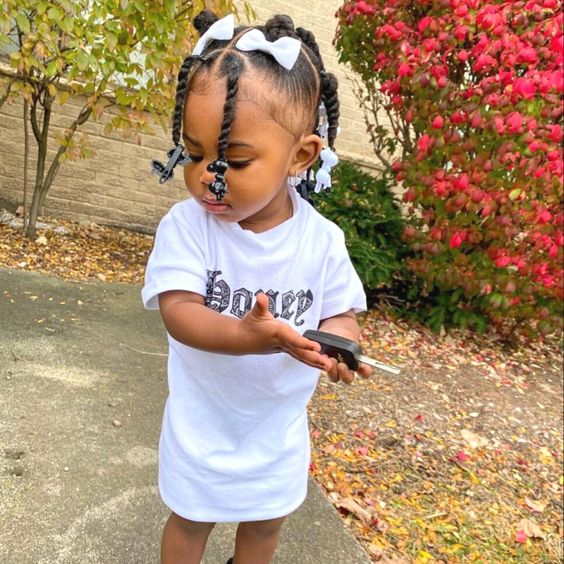
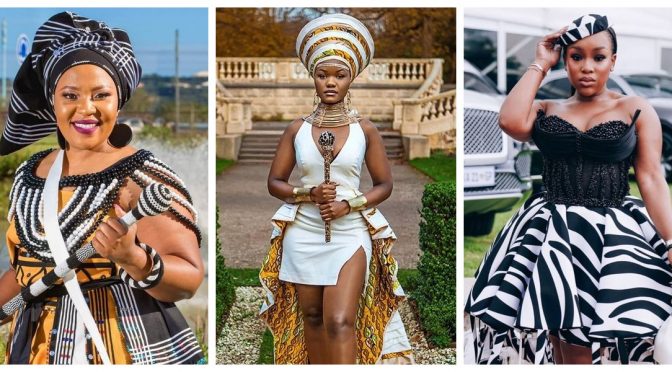
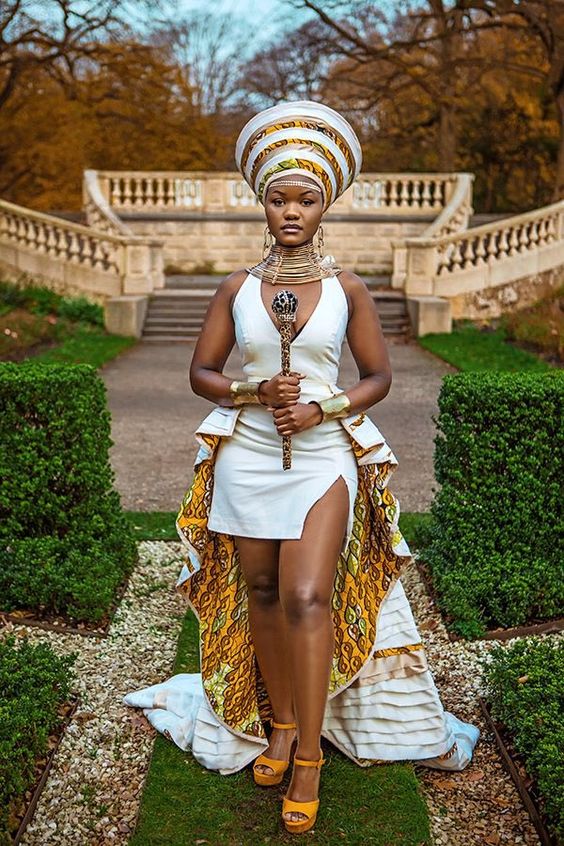
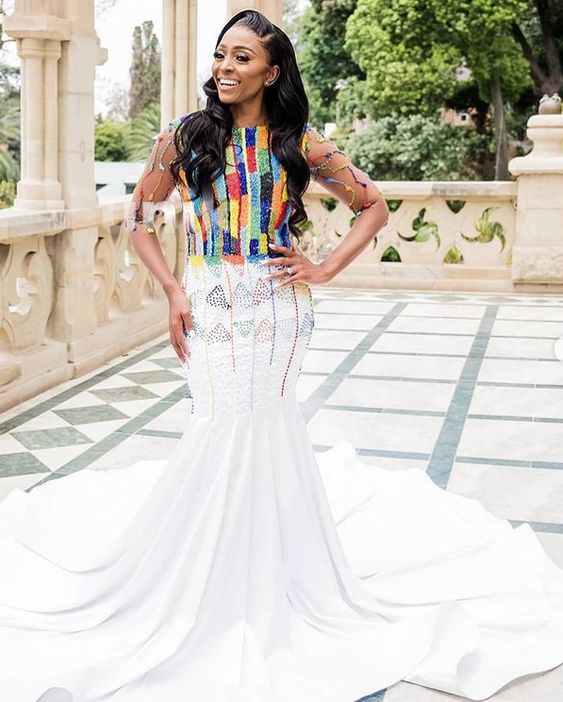
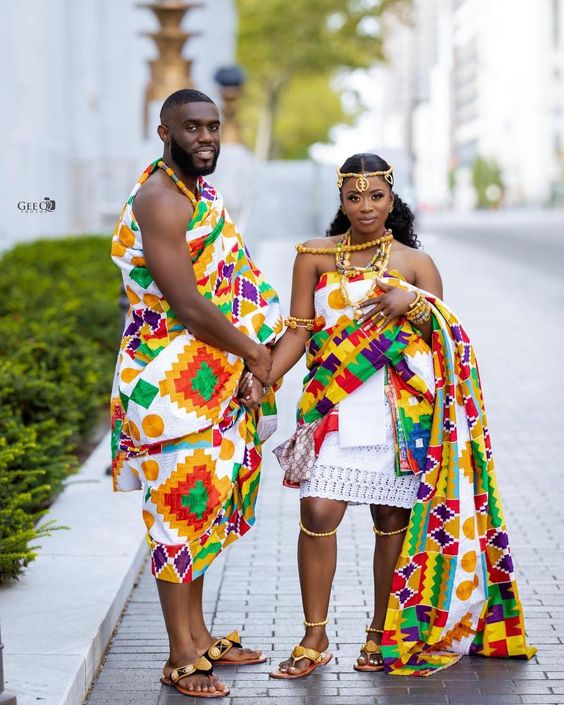
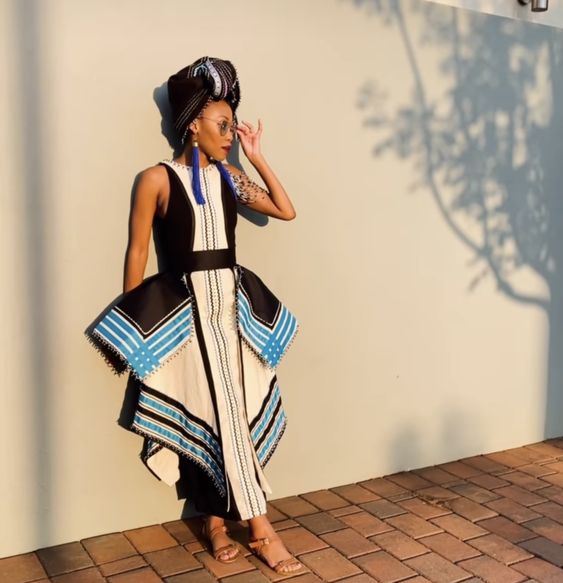
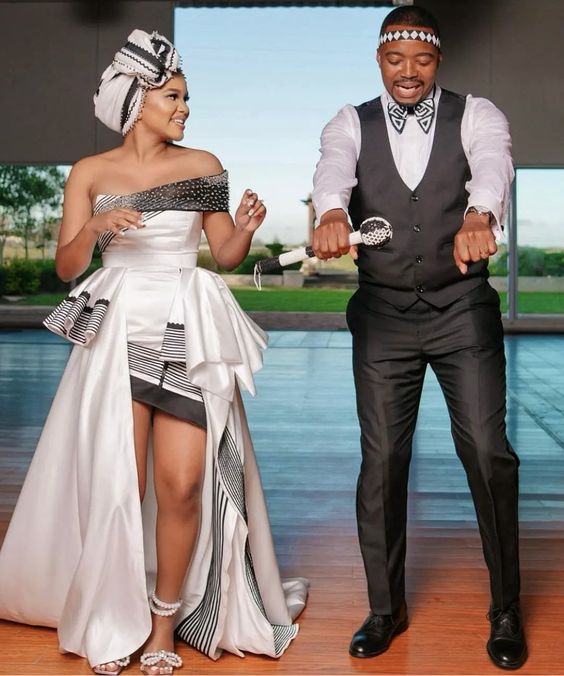
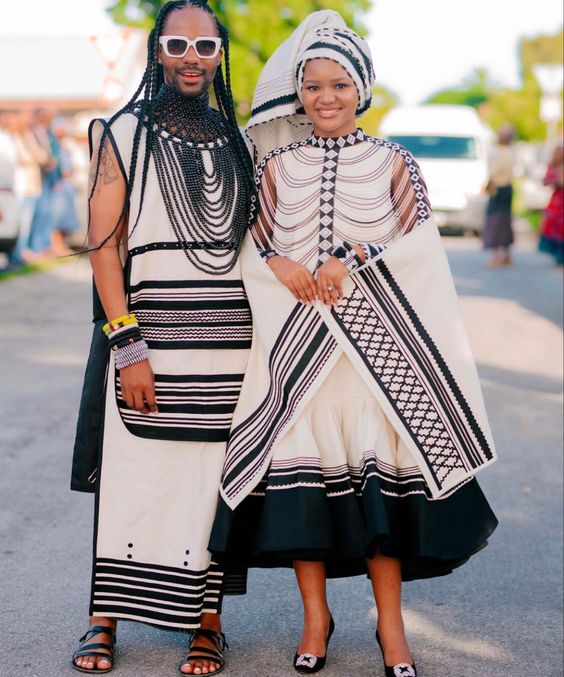
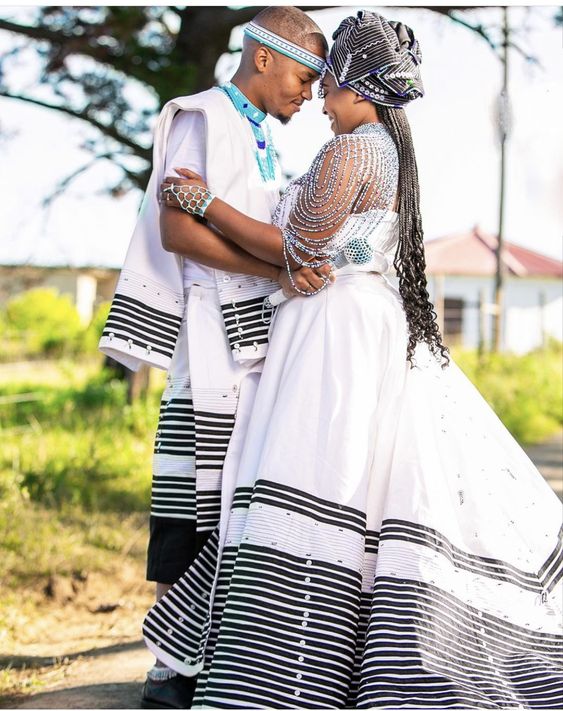
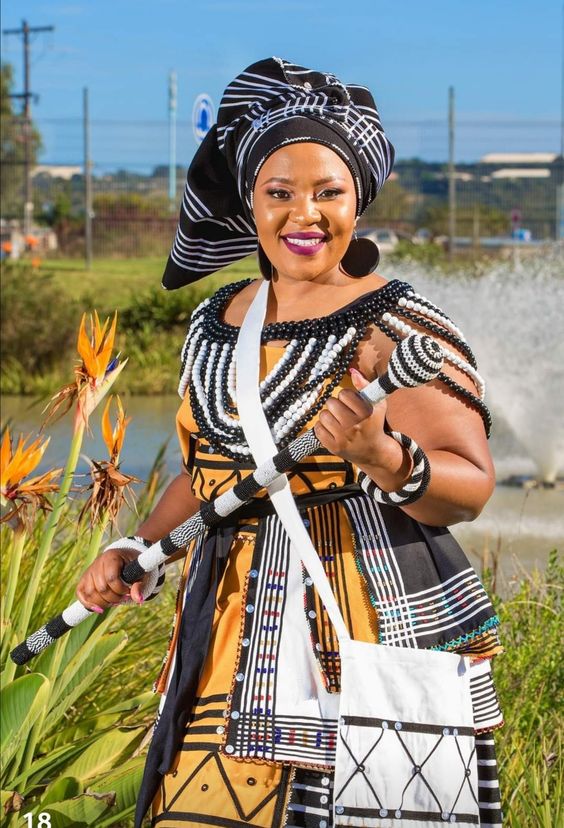
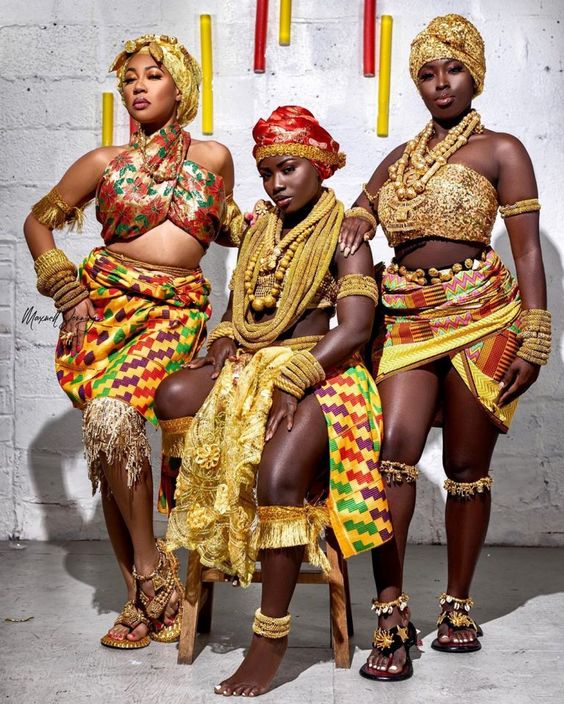
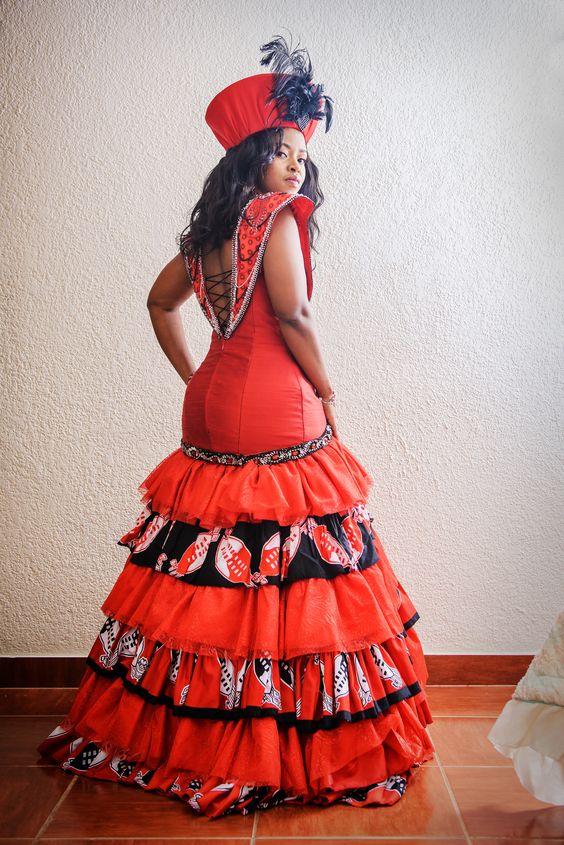

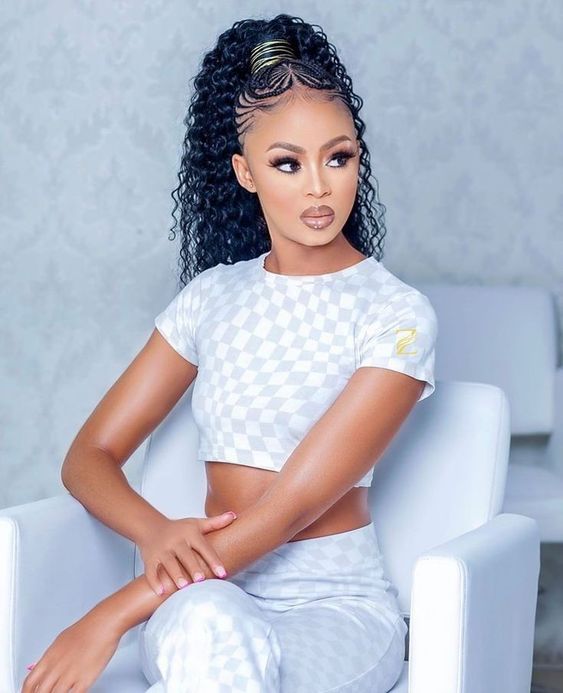 Do Protective Hairstyles Help
Do Protective Hairstyles Help 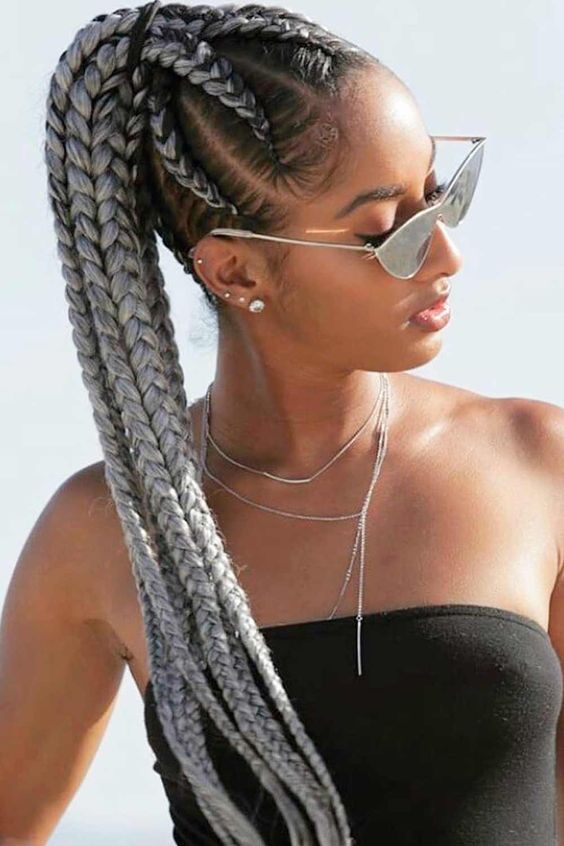
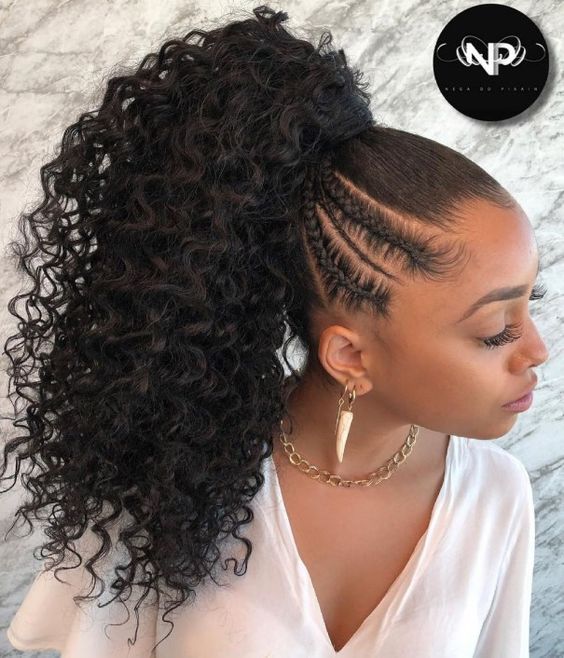
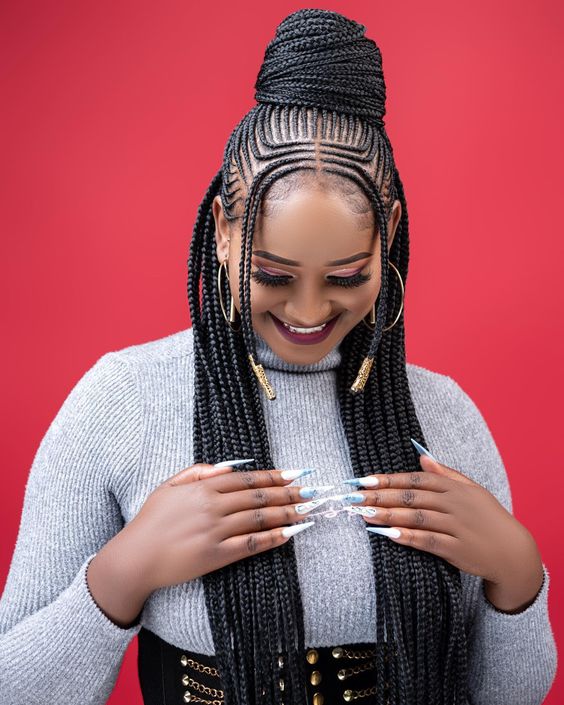
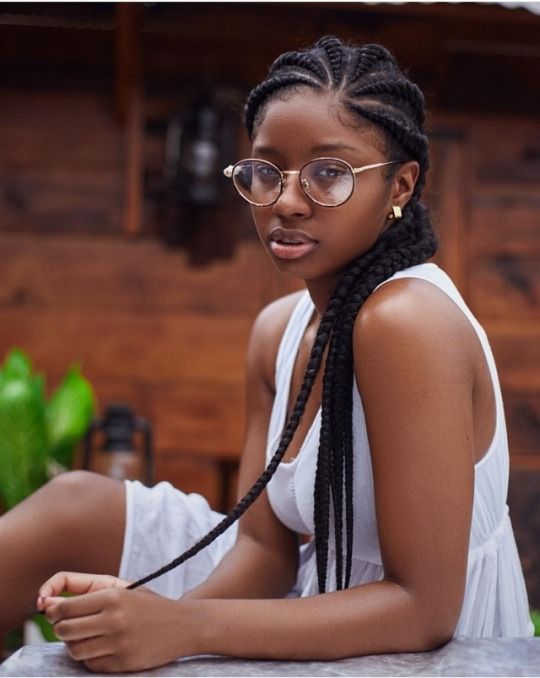
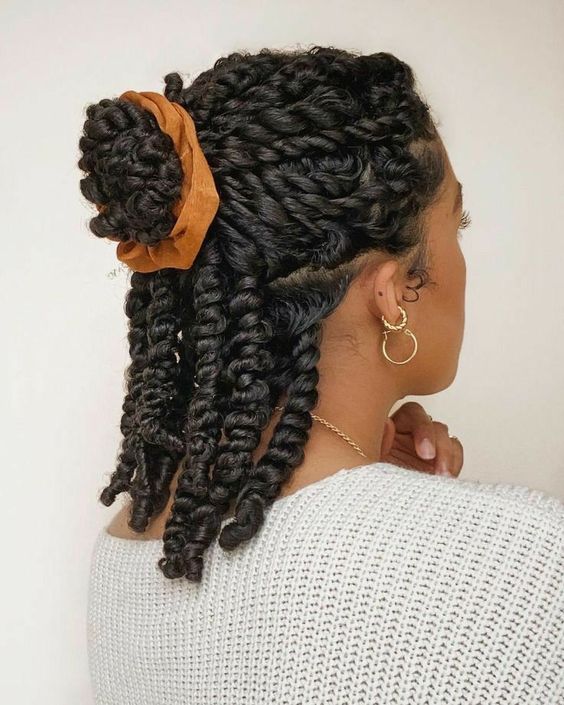
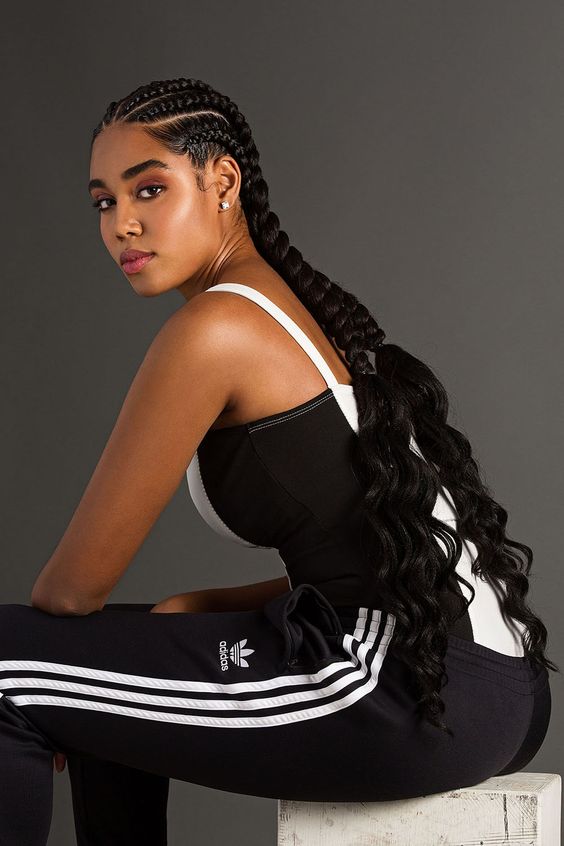
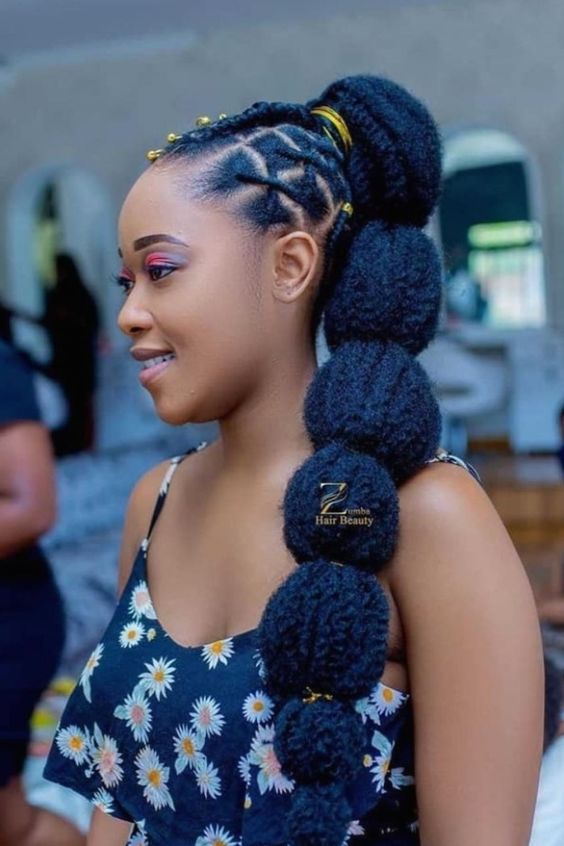
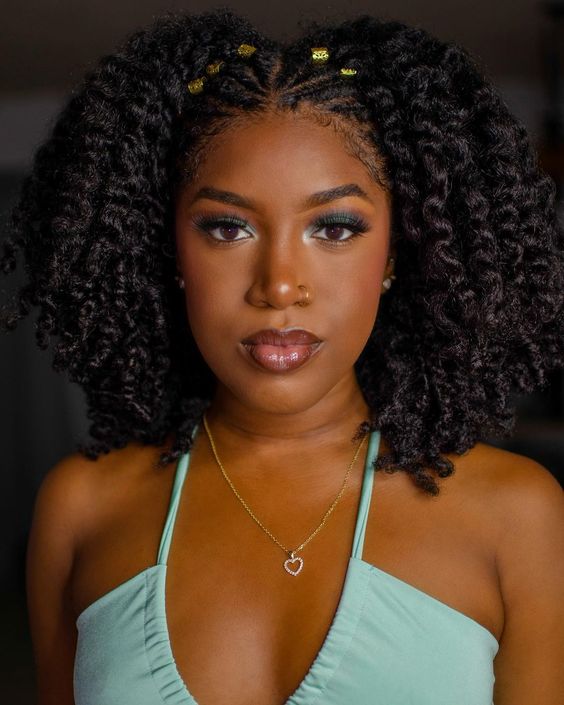
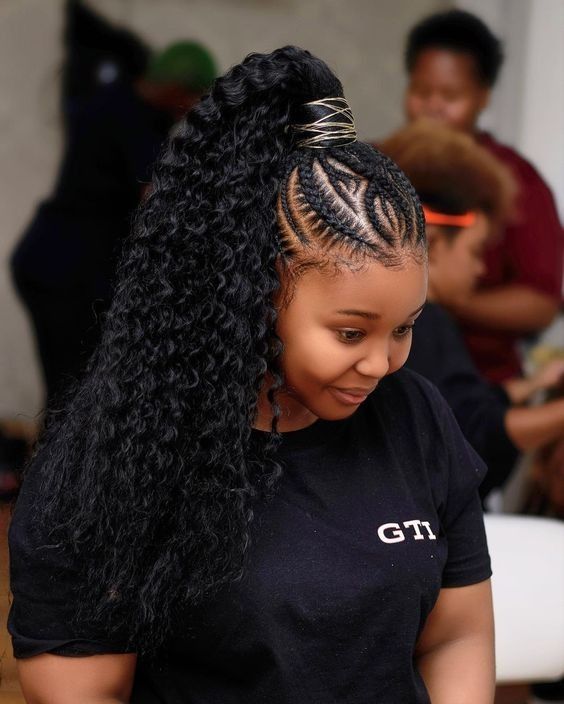
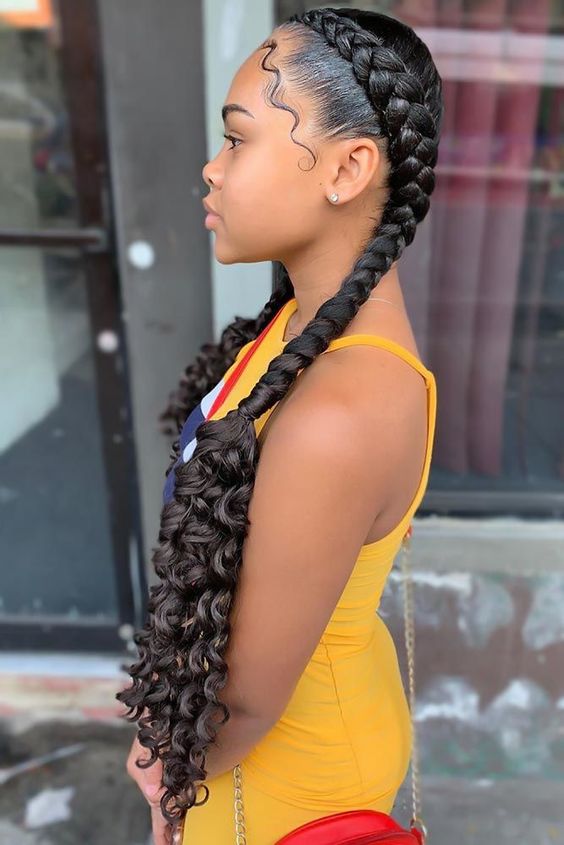
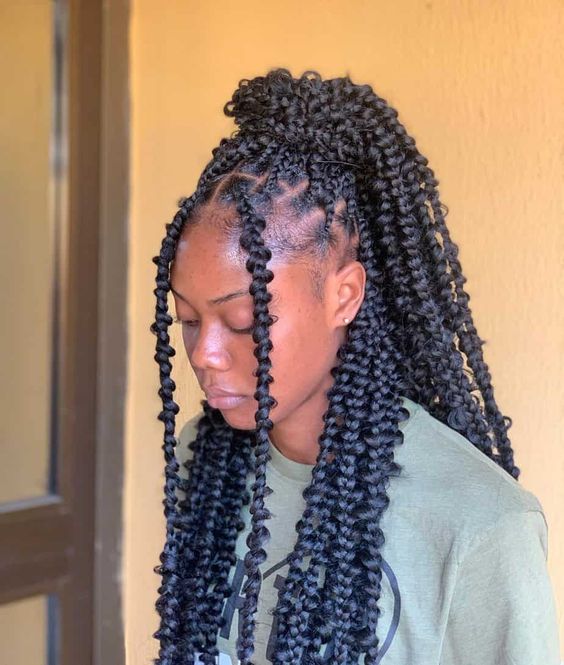
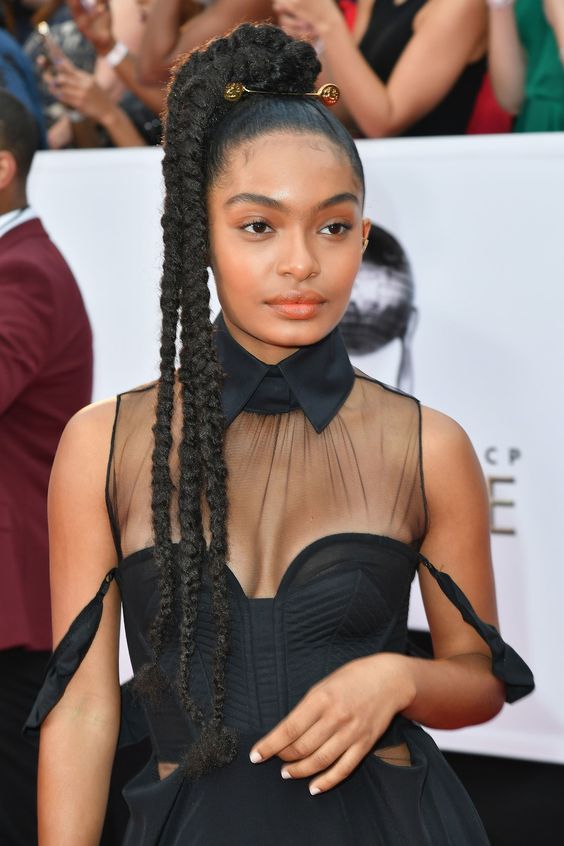
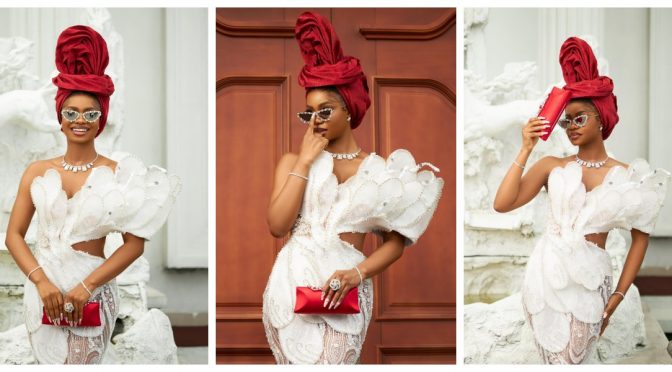
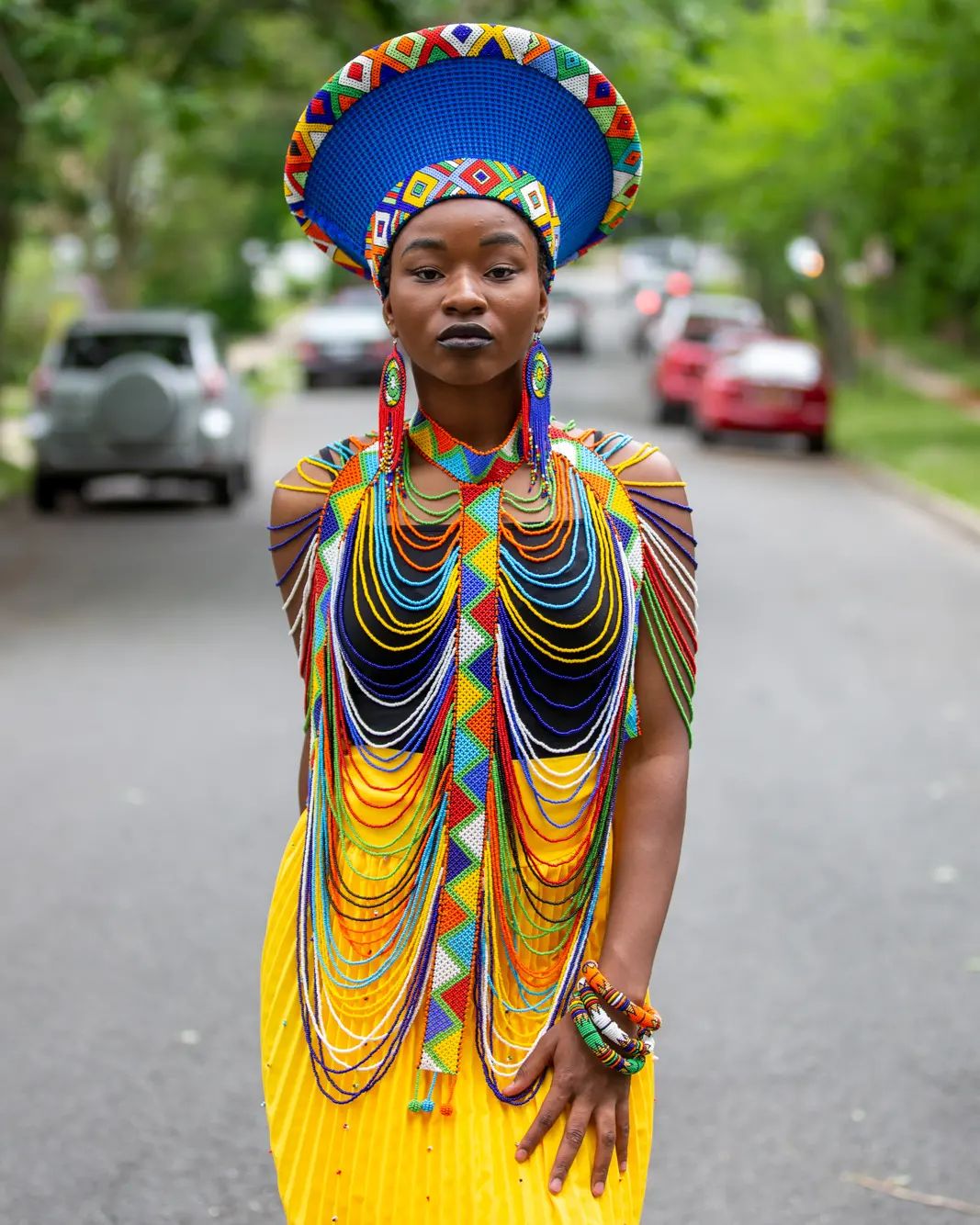
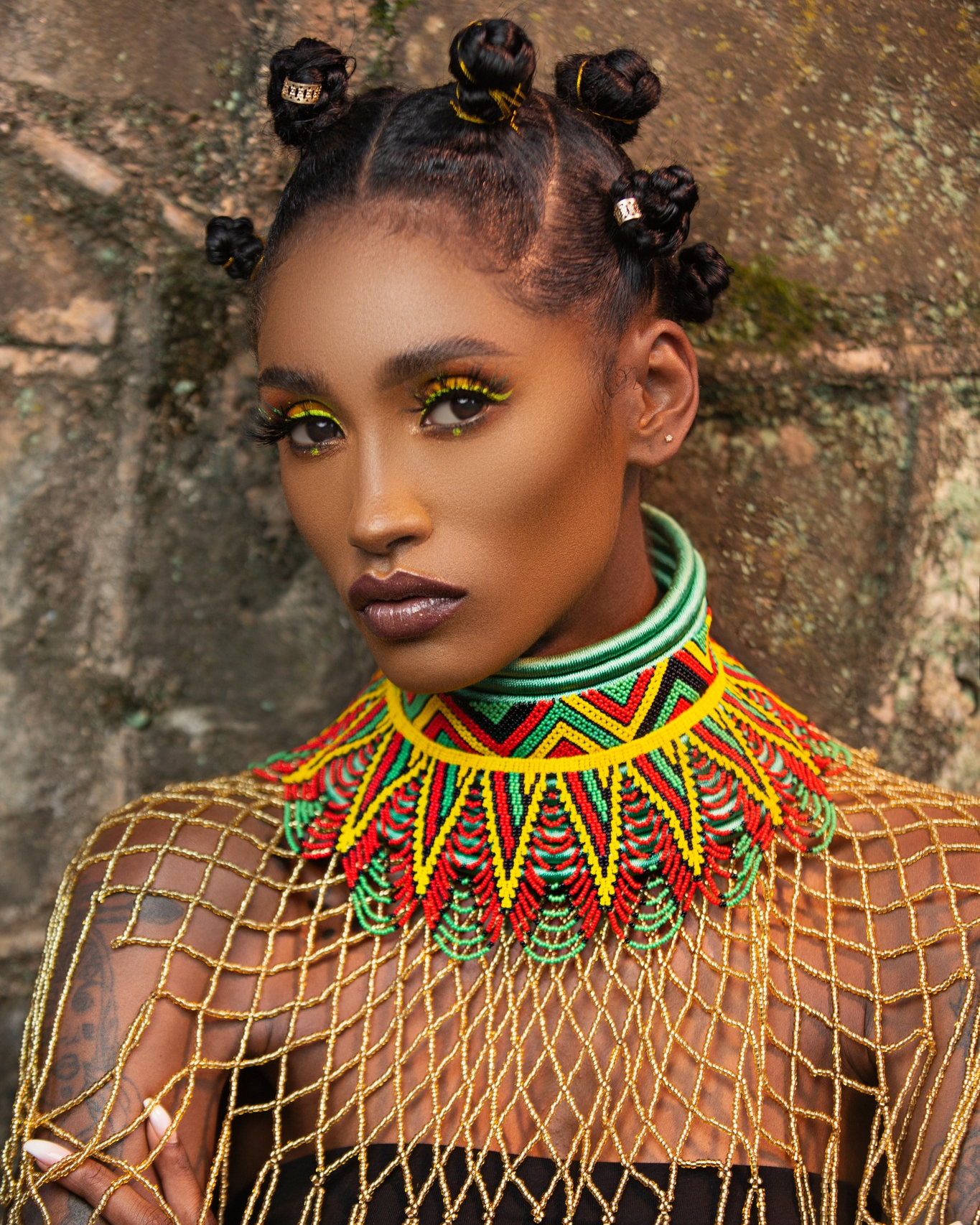
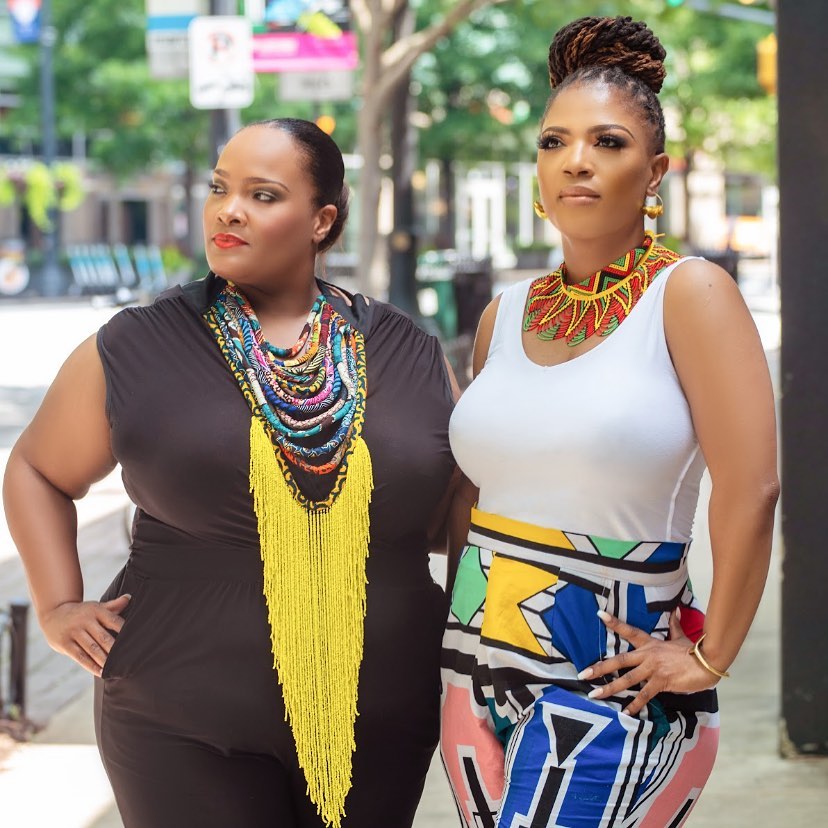 t’s that
t’s that 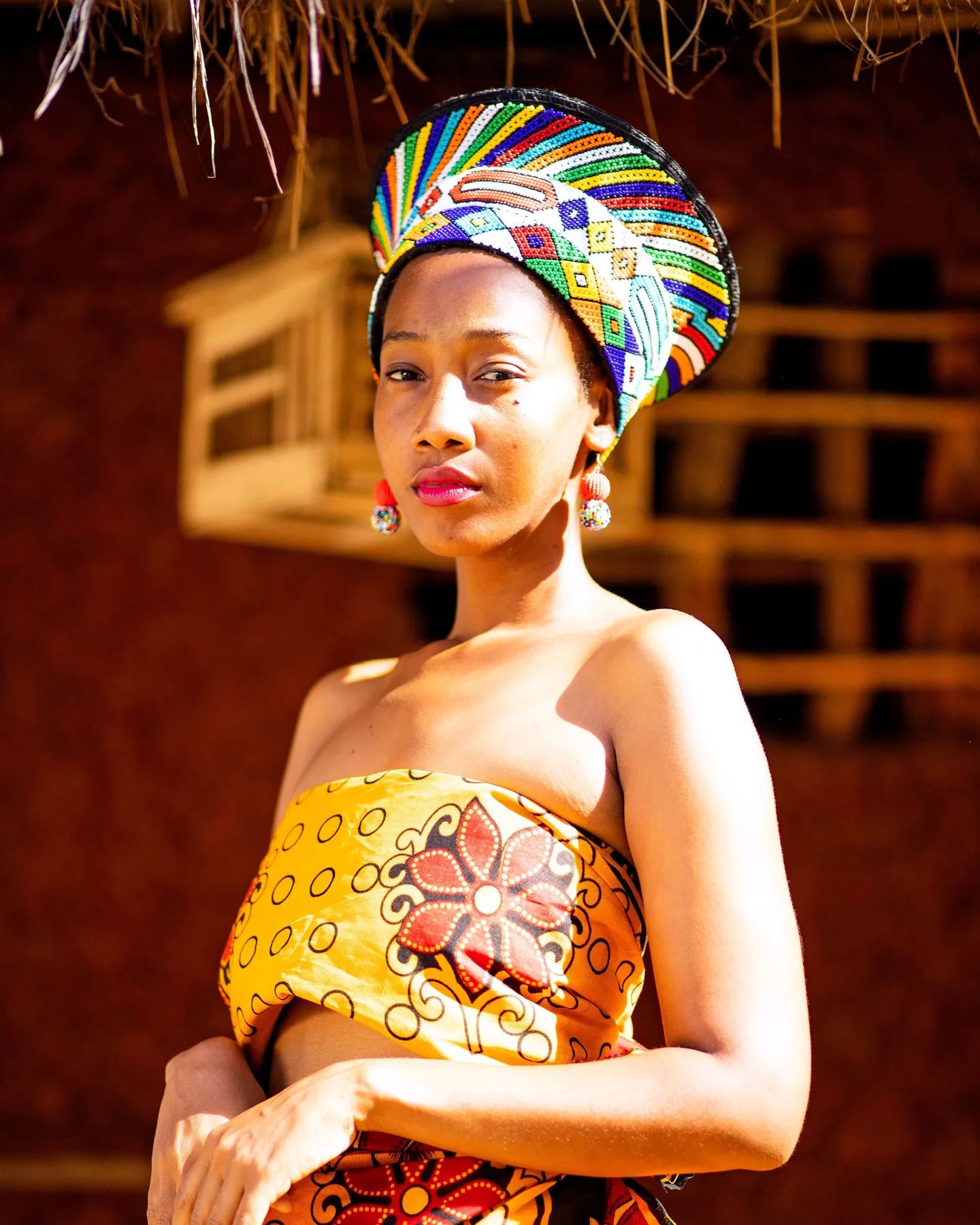
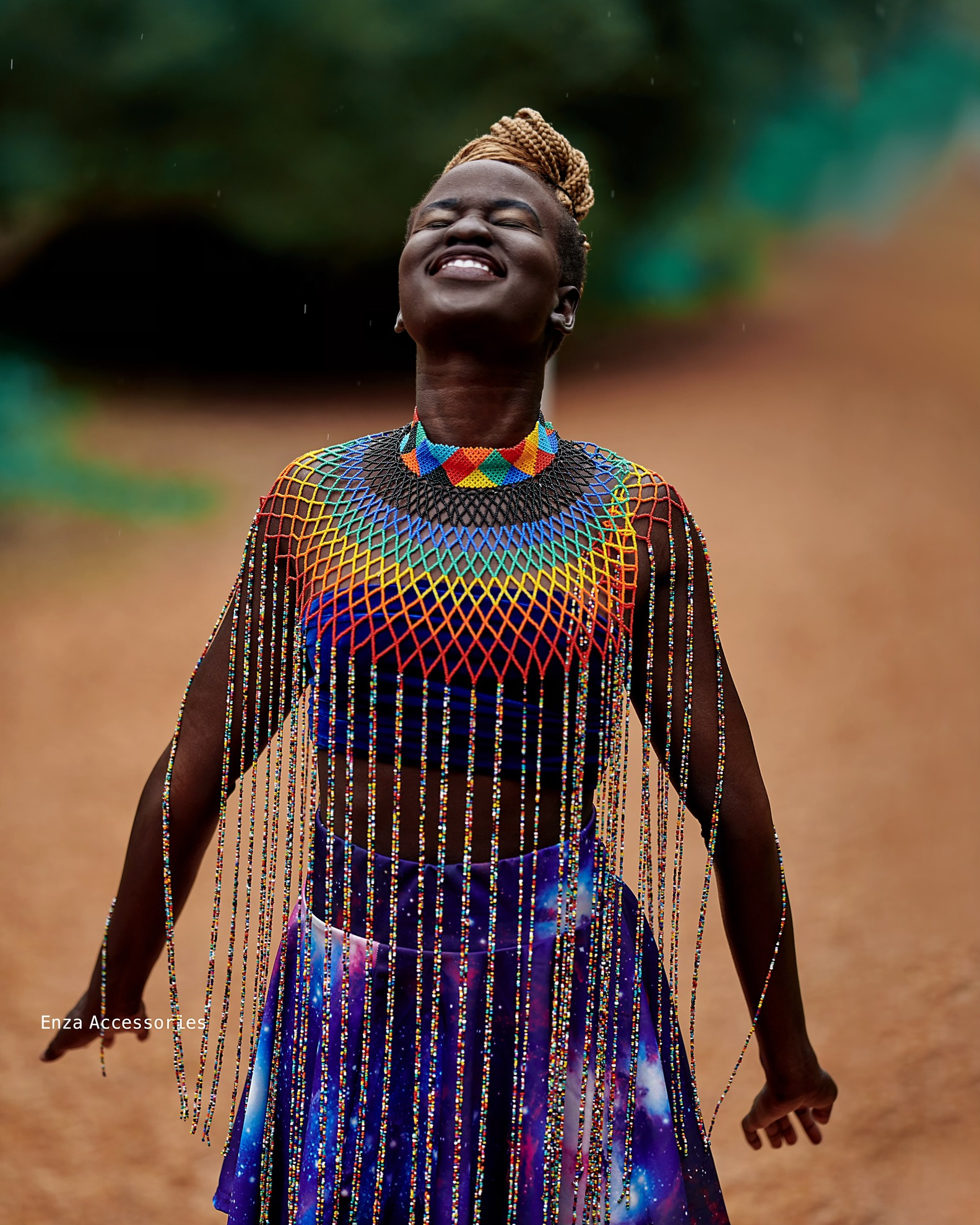
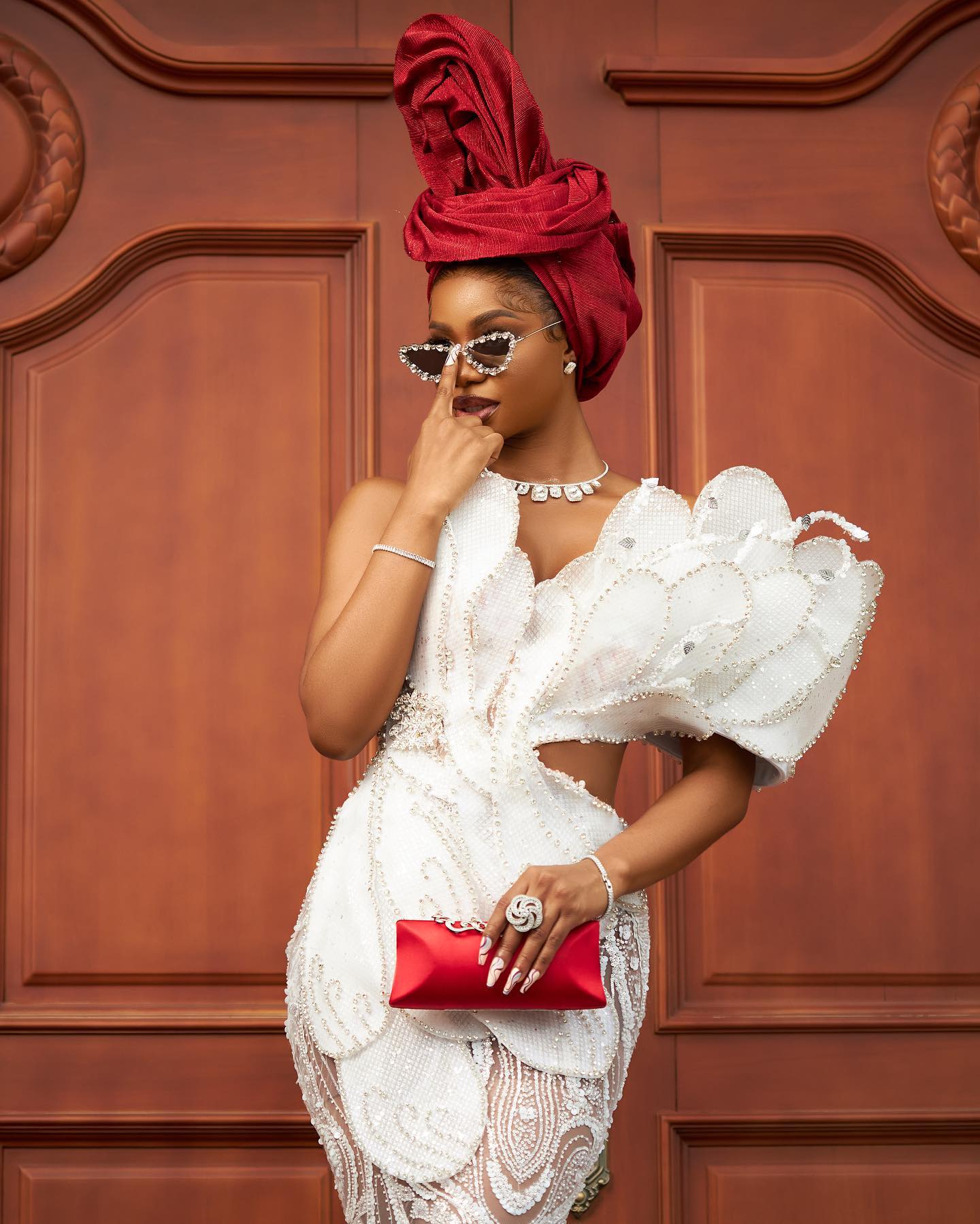
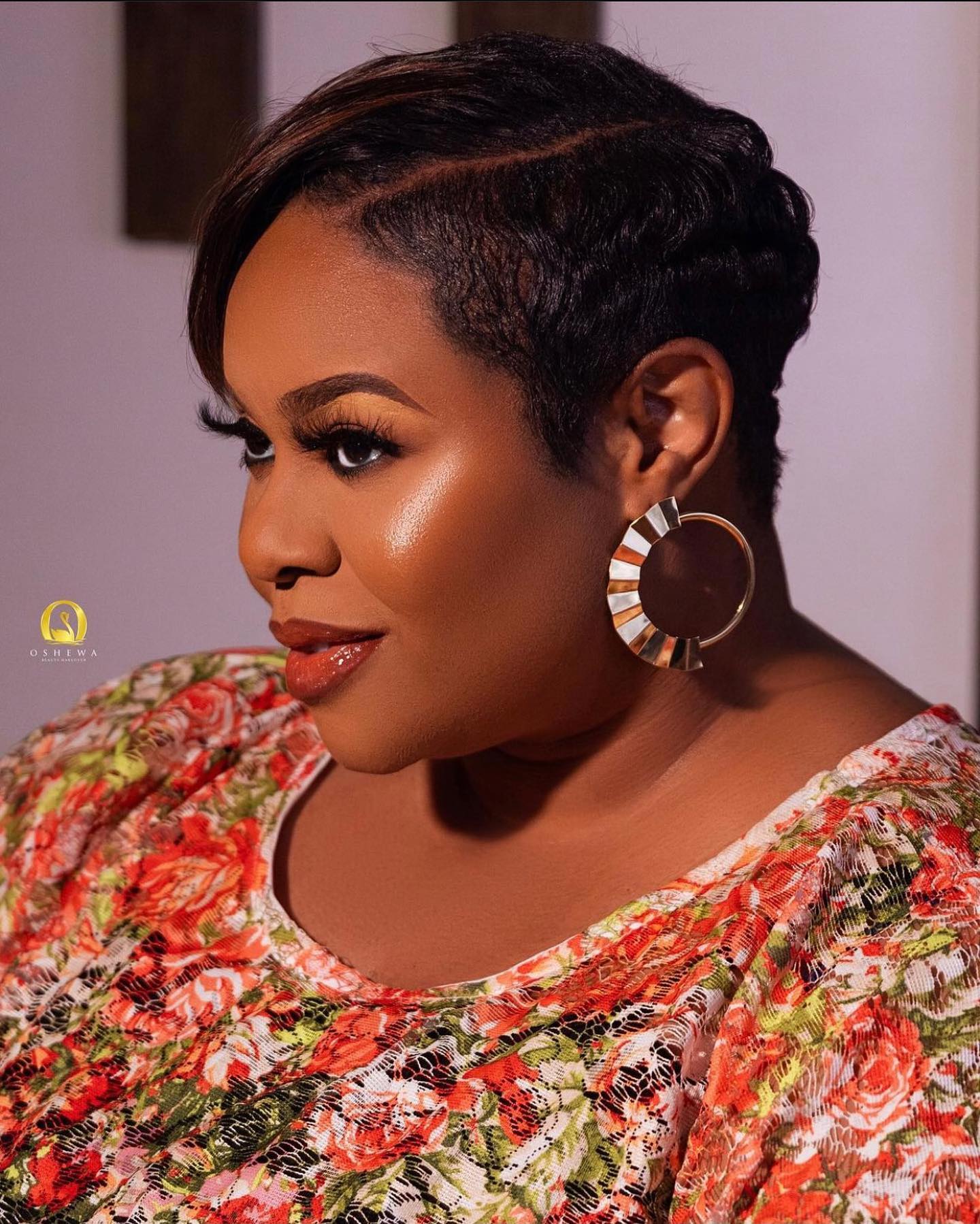
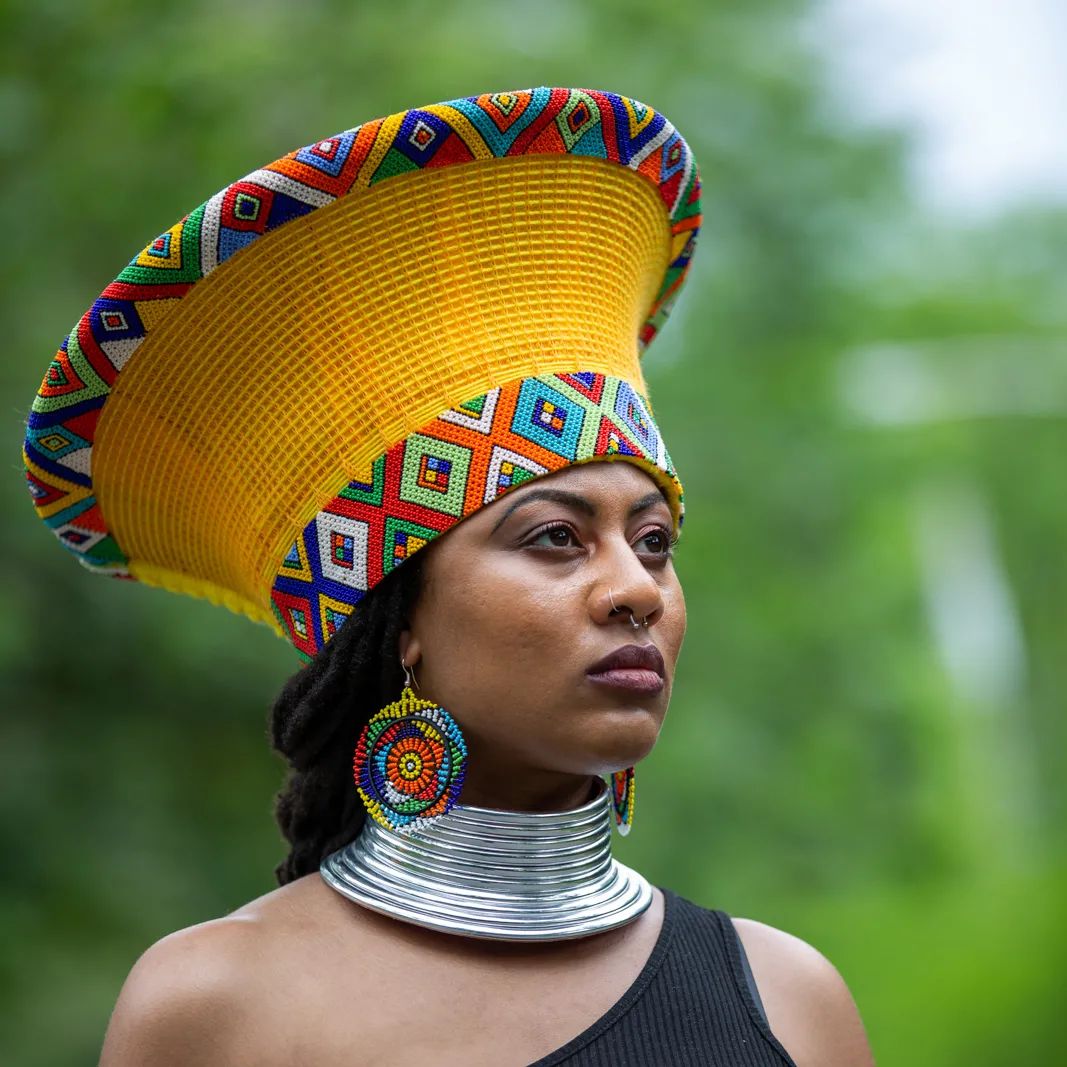
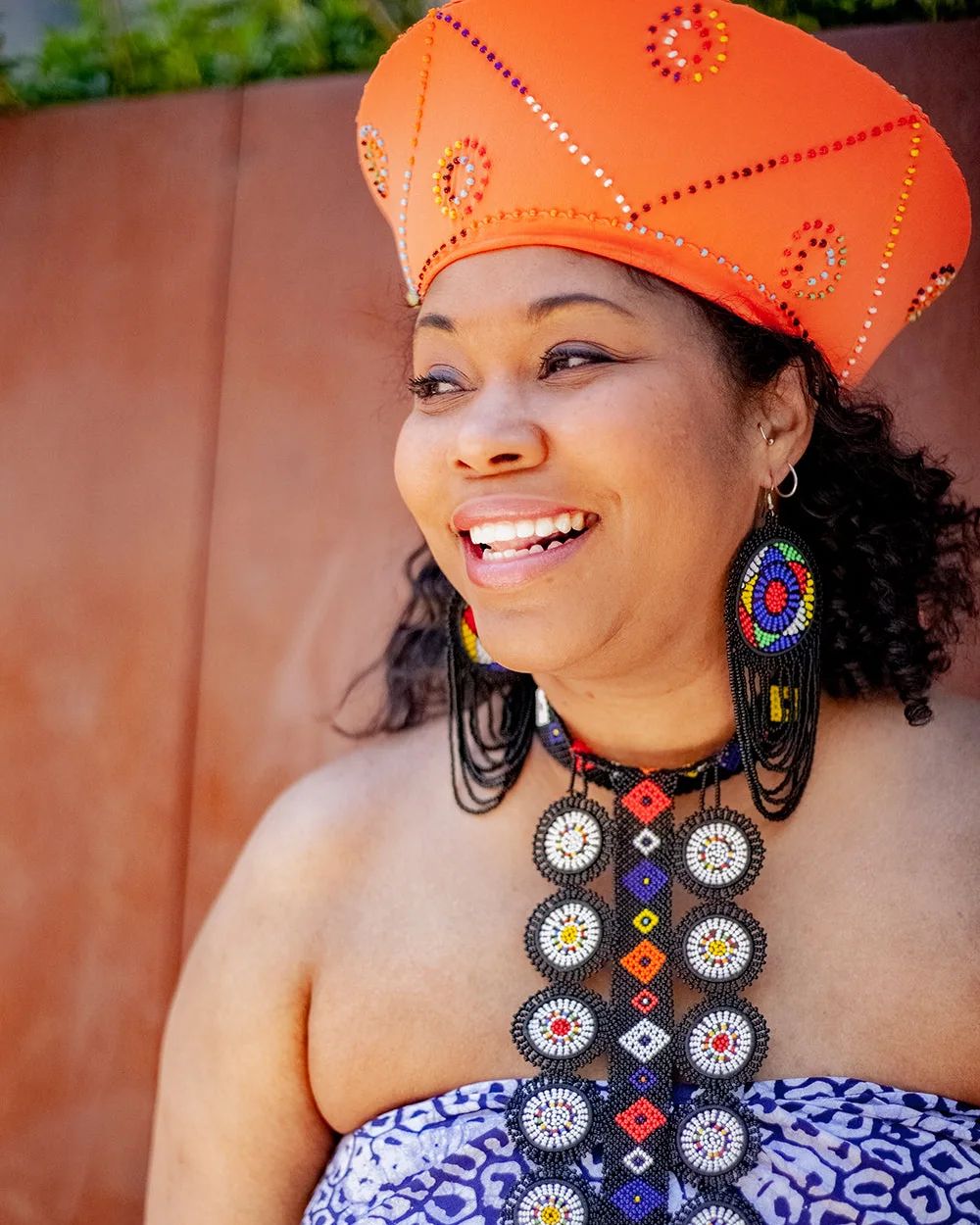 An
An 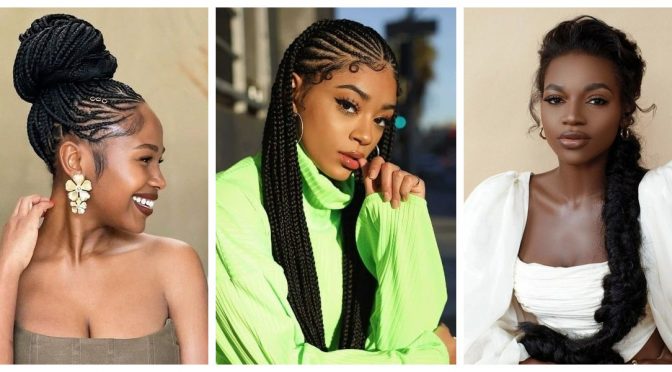
 This cornrow
This cornrow 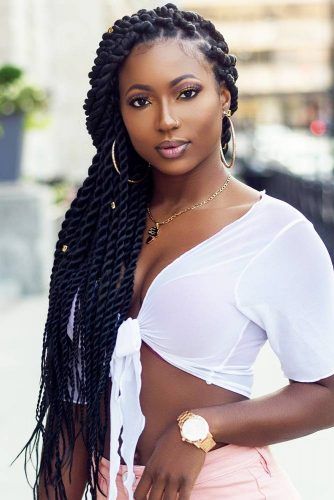
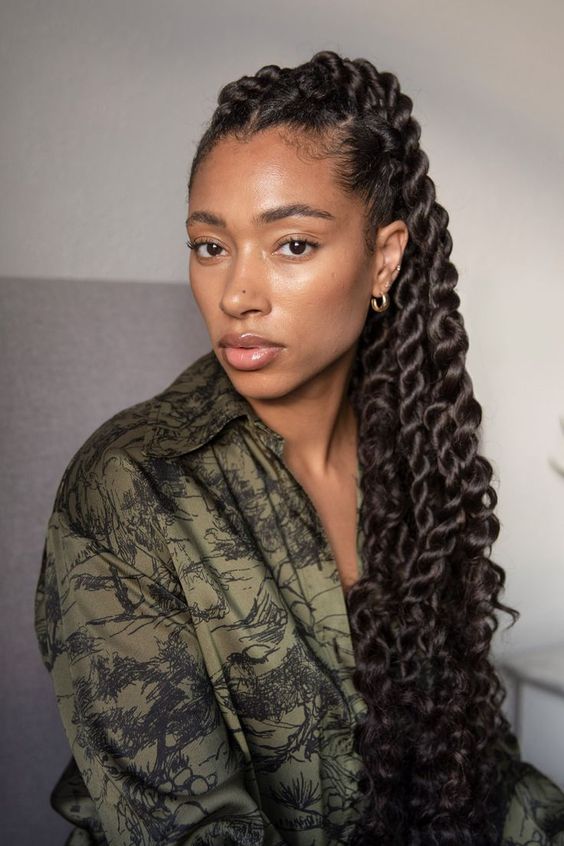 One
One 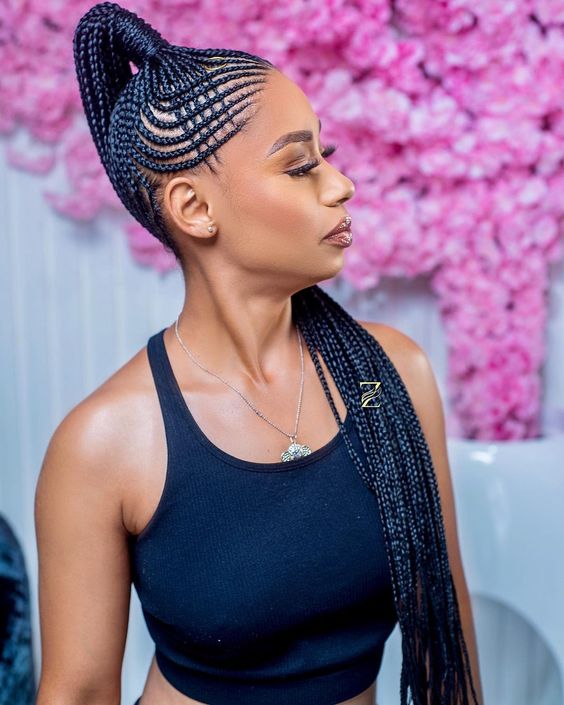 This not
This not 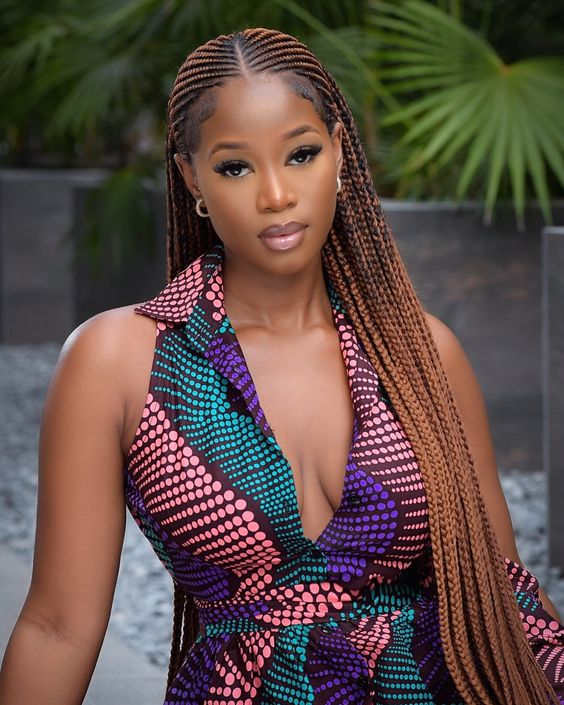 Why not
Why not 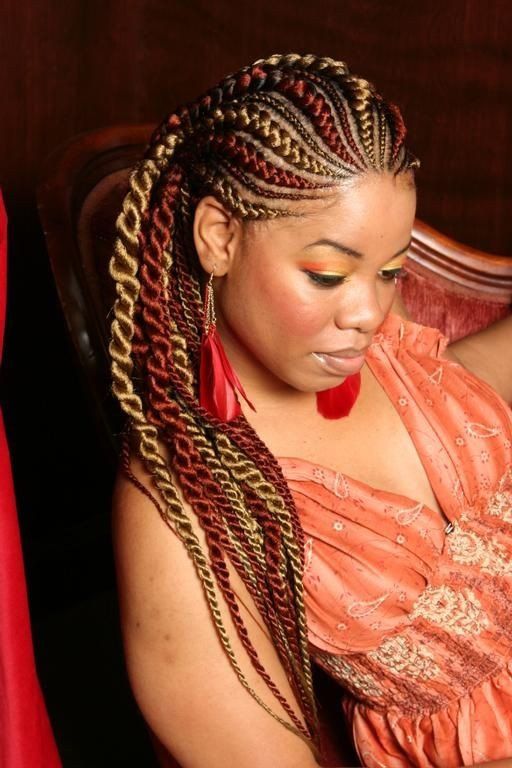 You can
You can 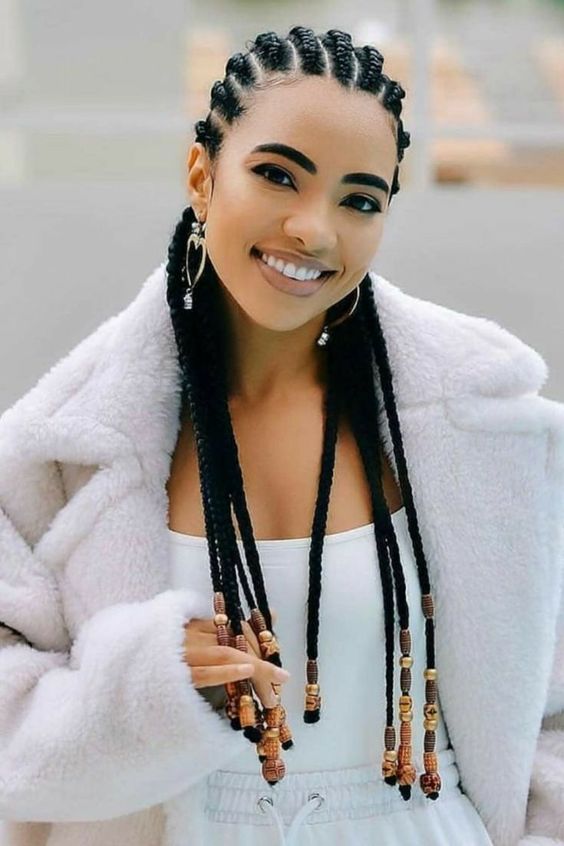
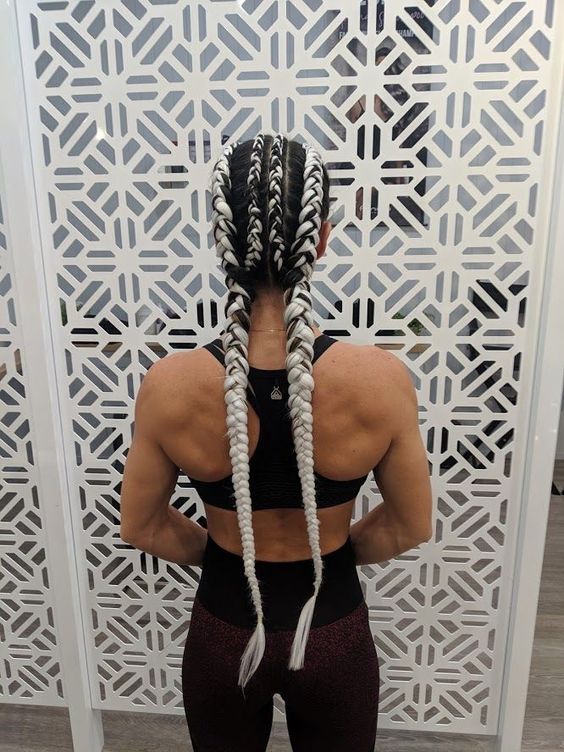 The
The 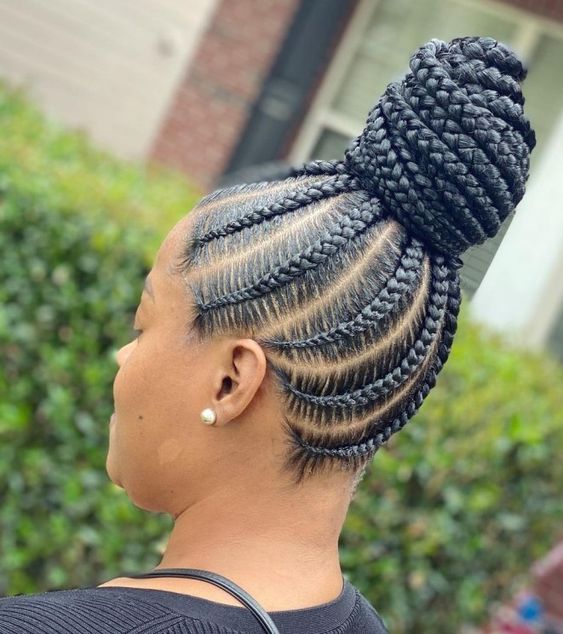
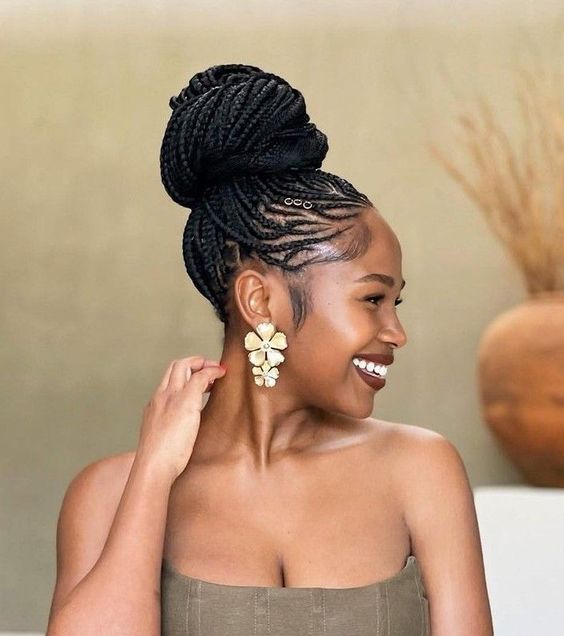
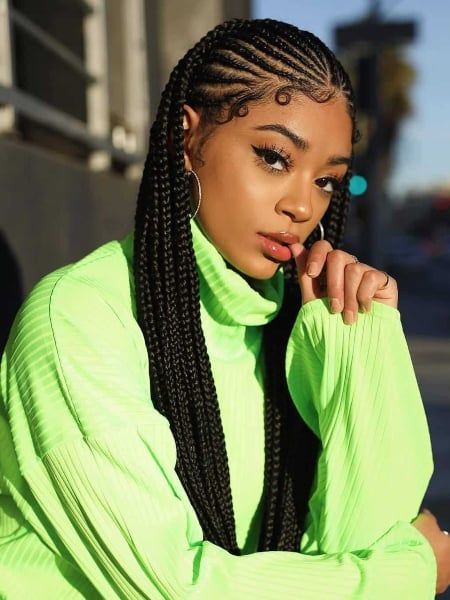
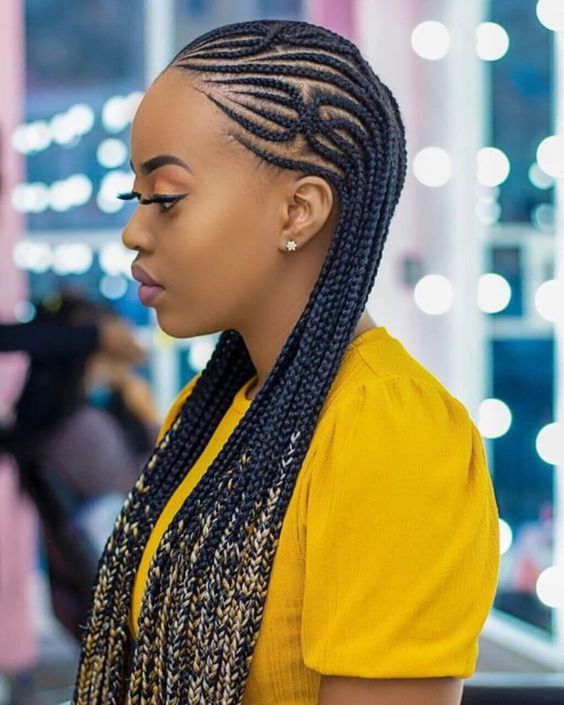
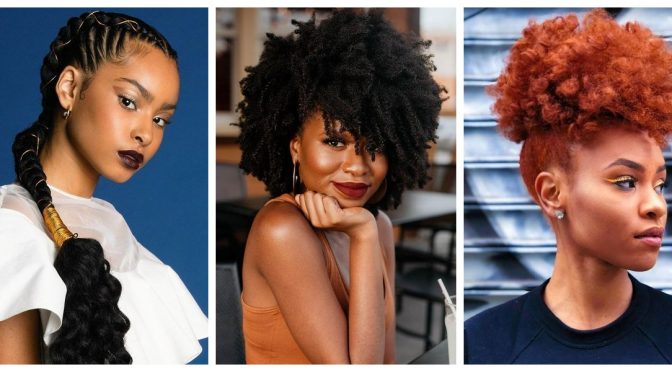
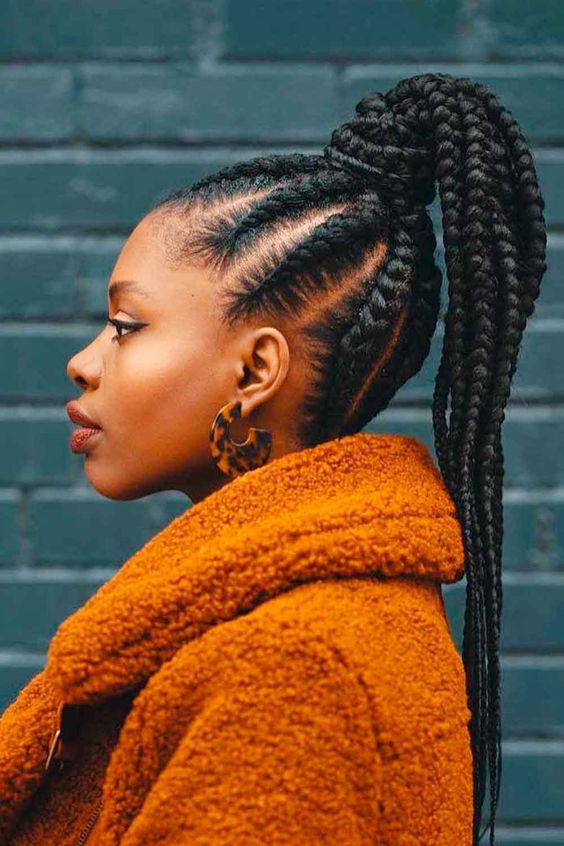
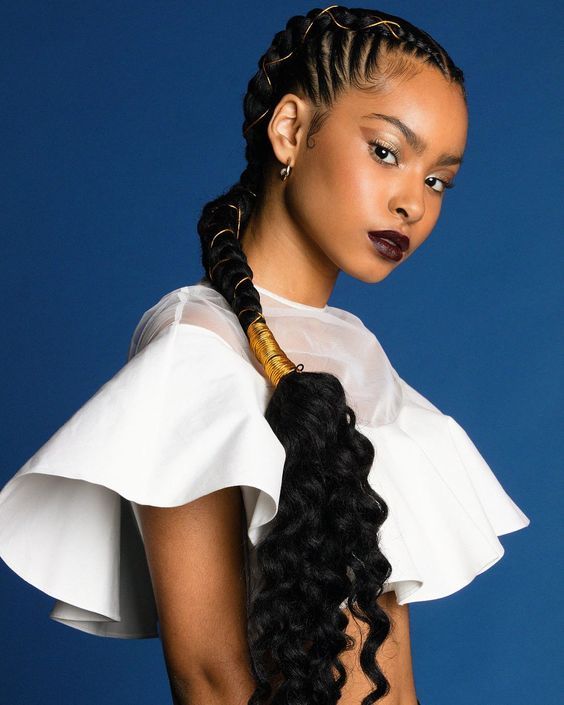
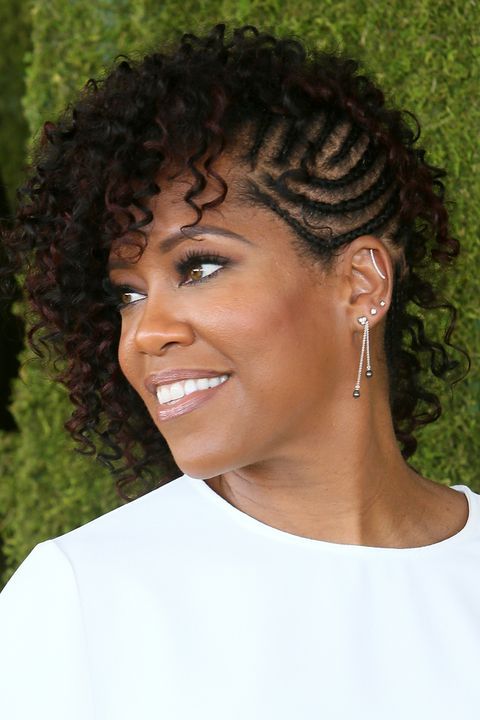
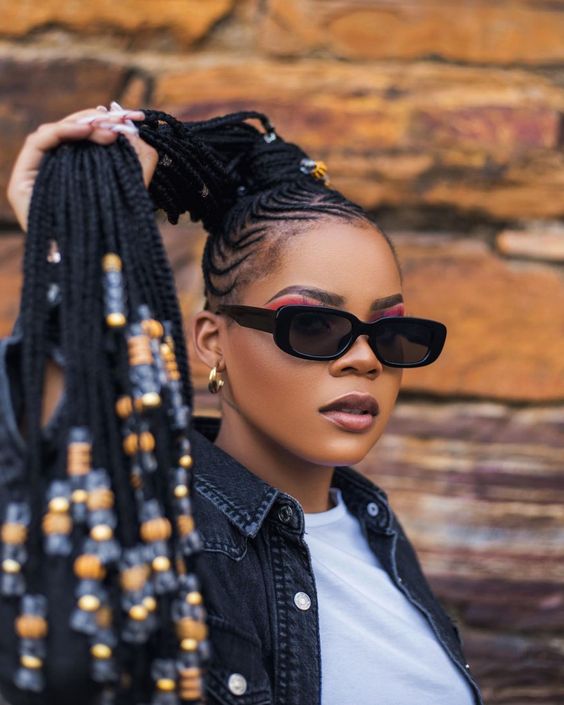
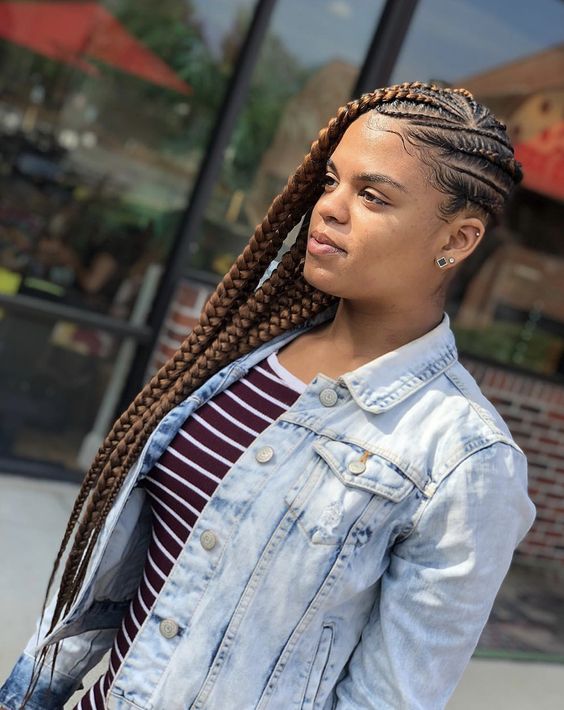
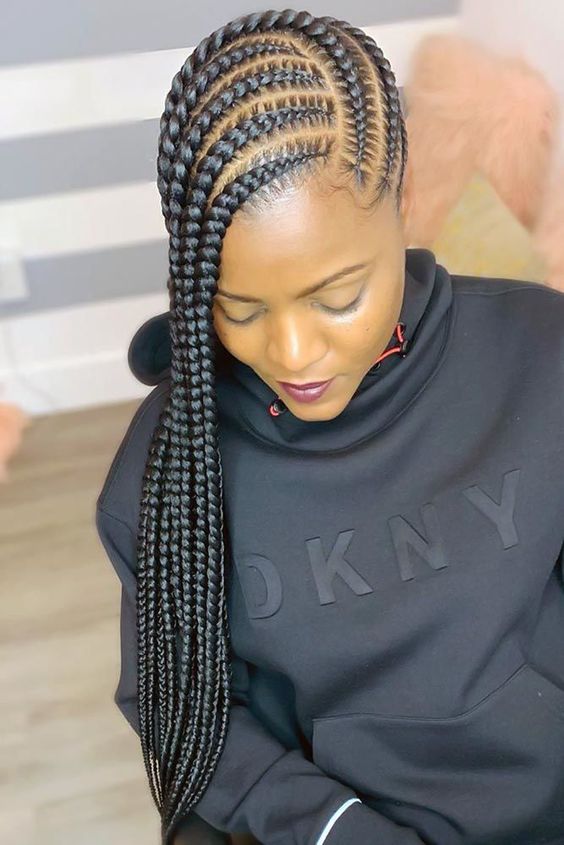
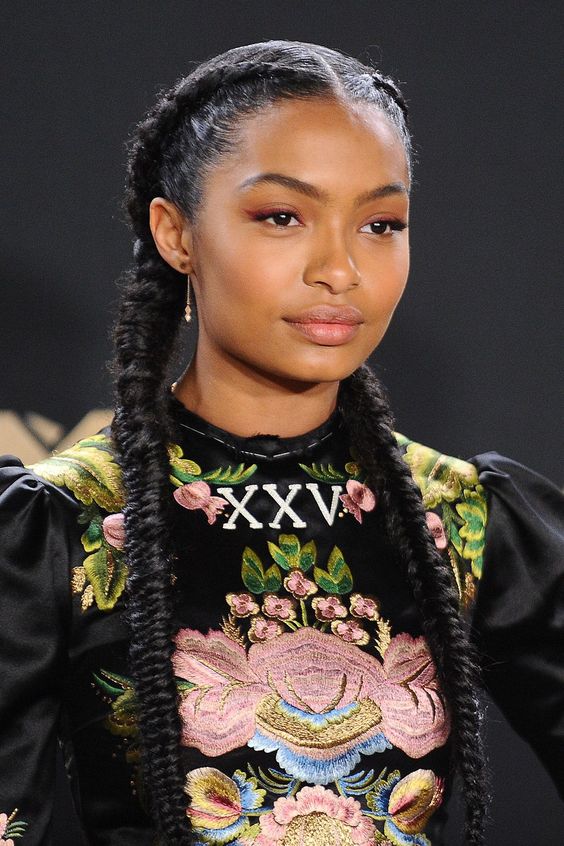 One of the most iconic cornrow looks is two
One of the most iconic cornrow looks is two 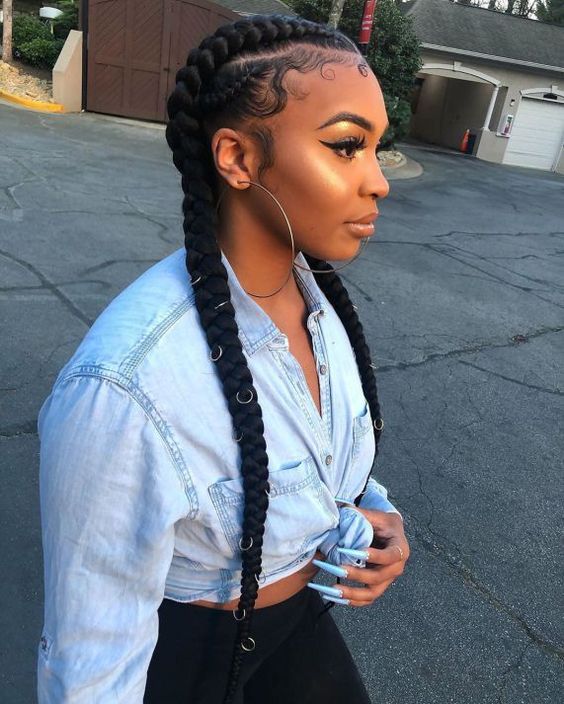 This
This 